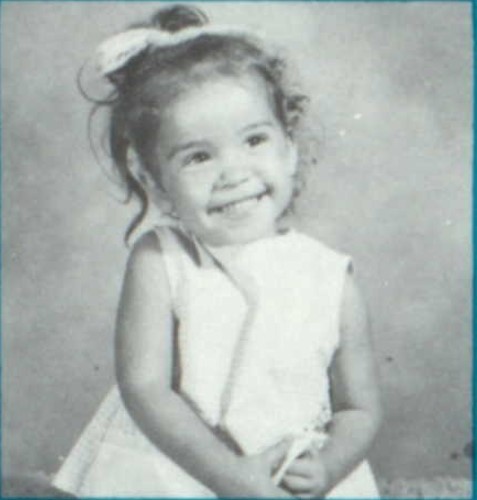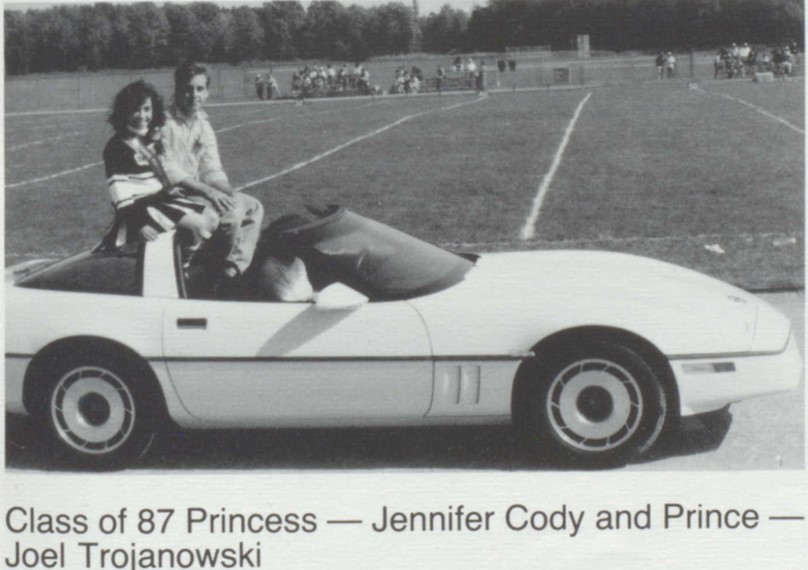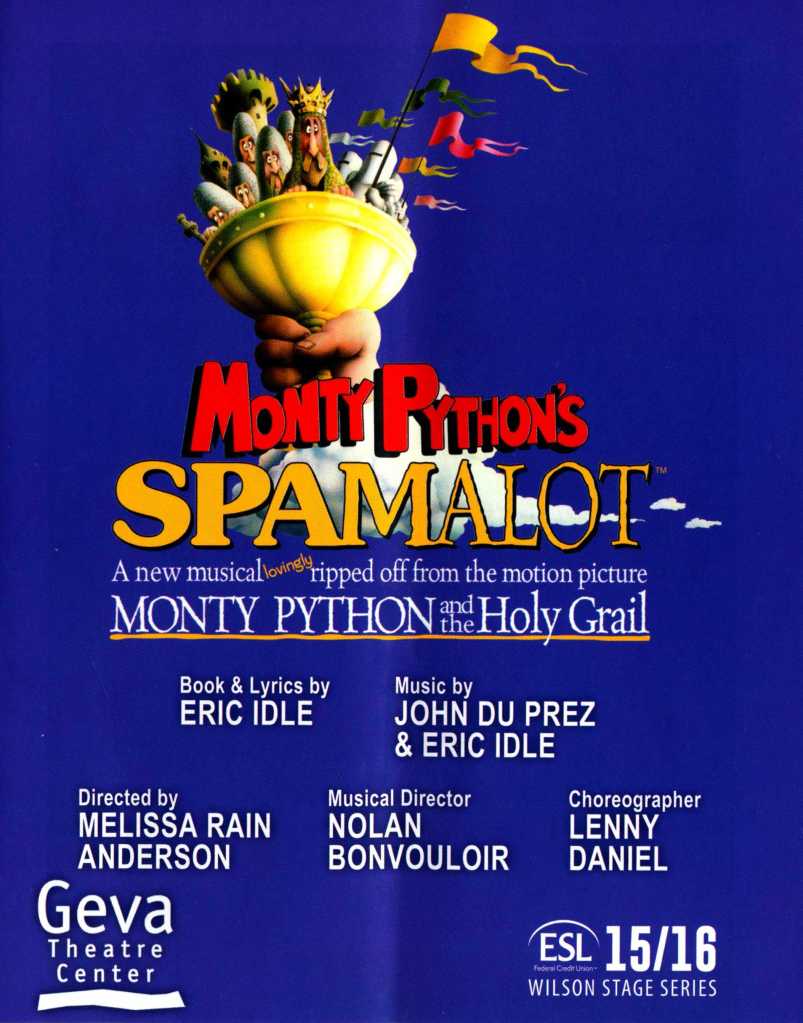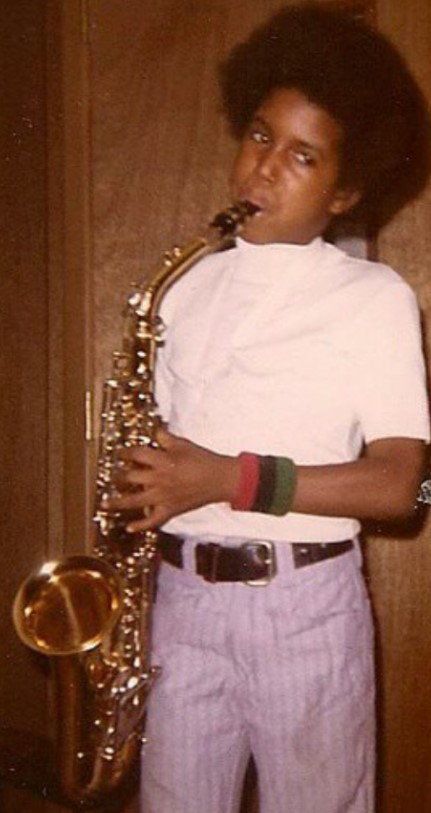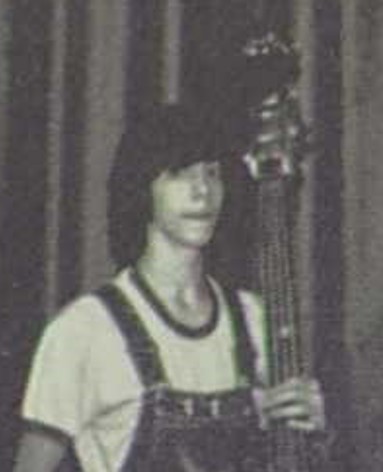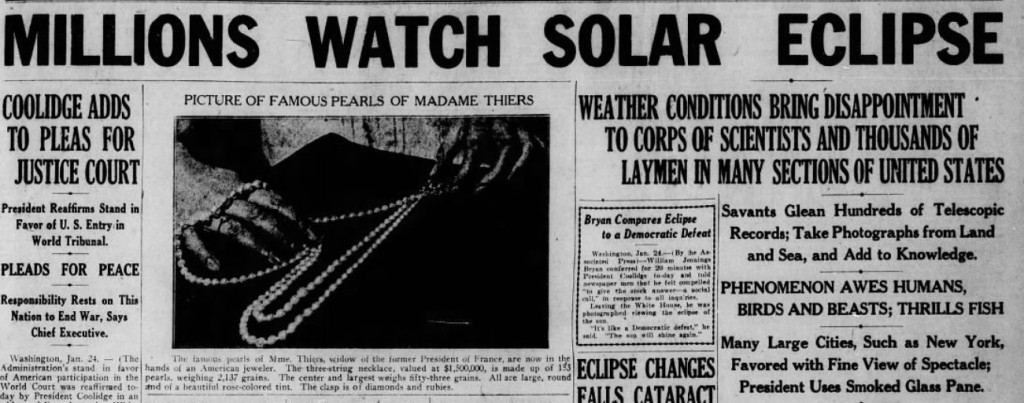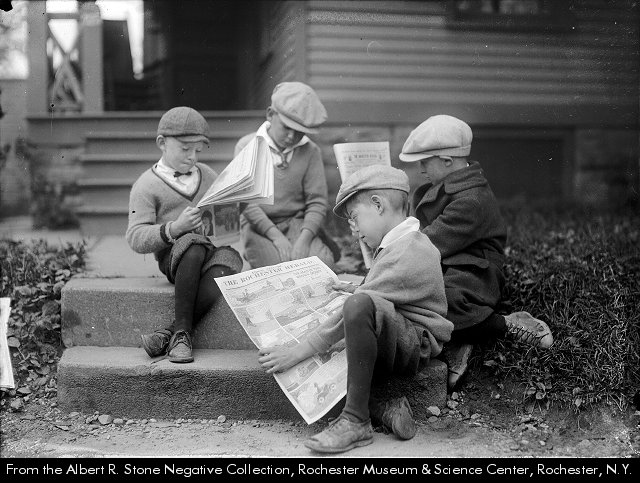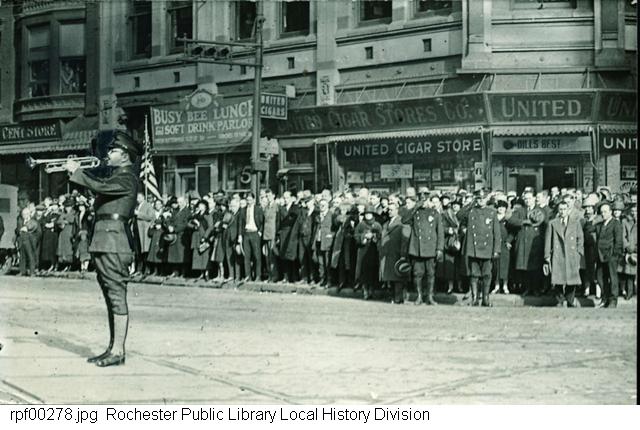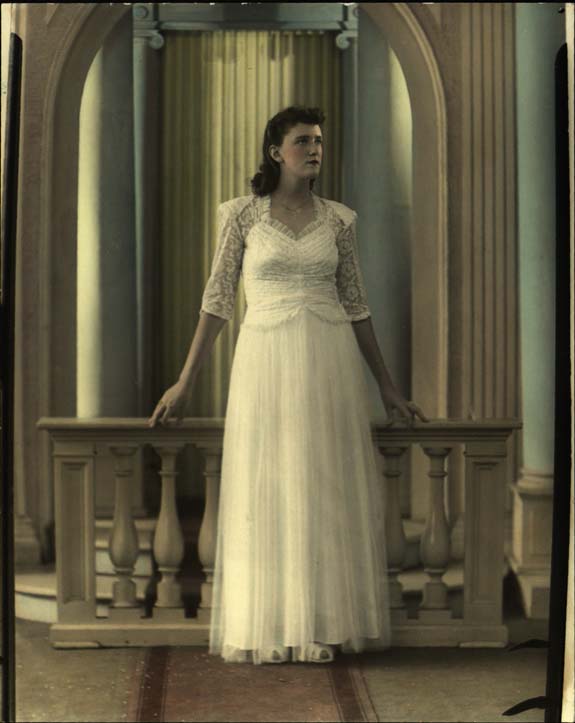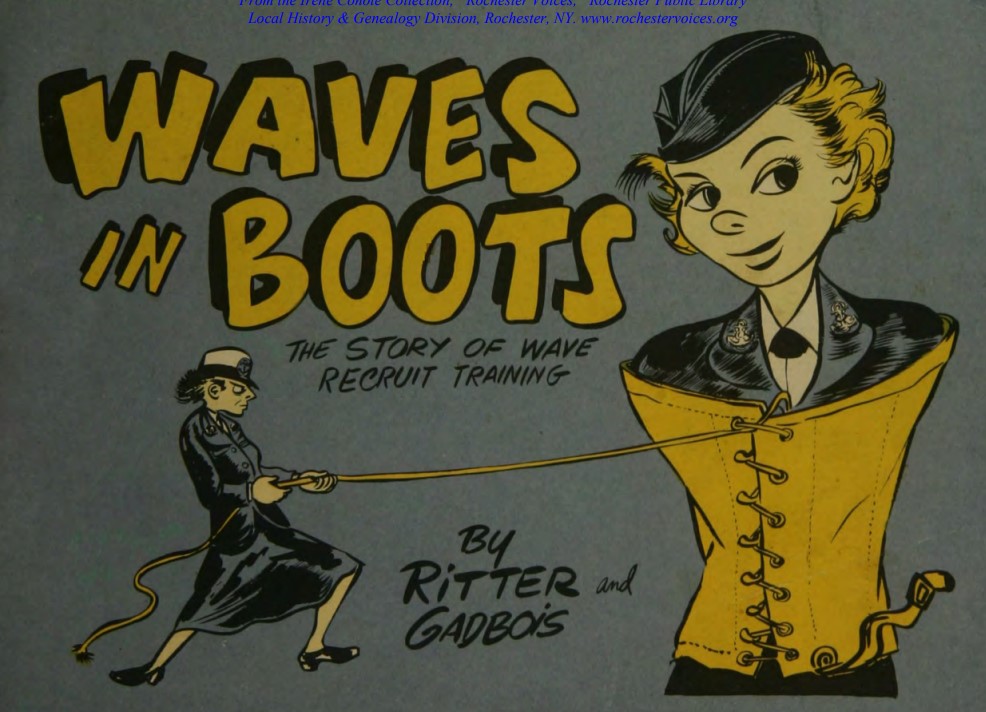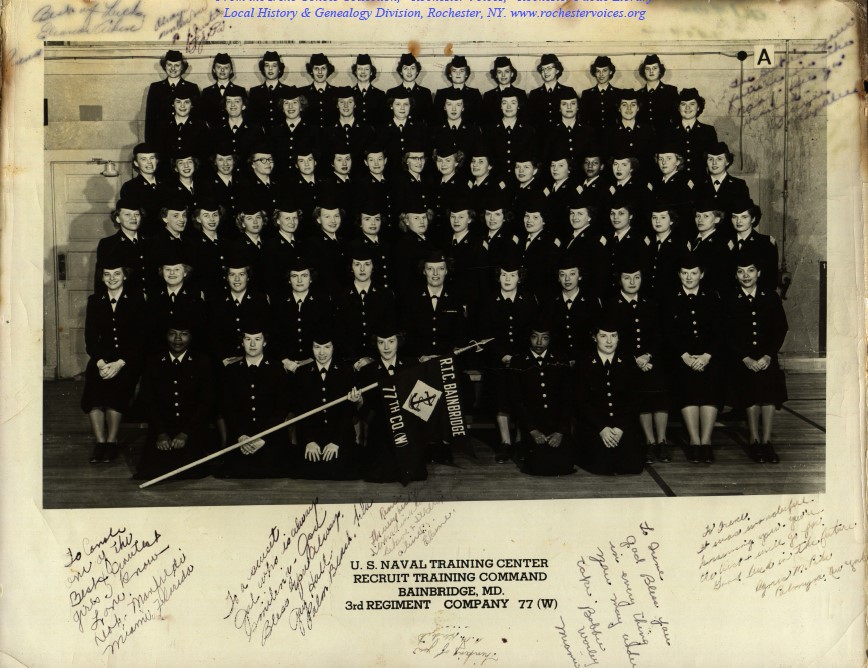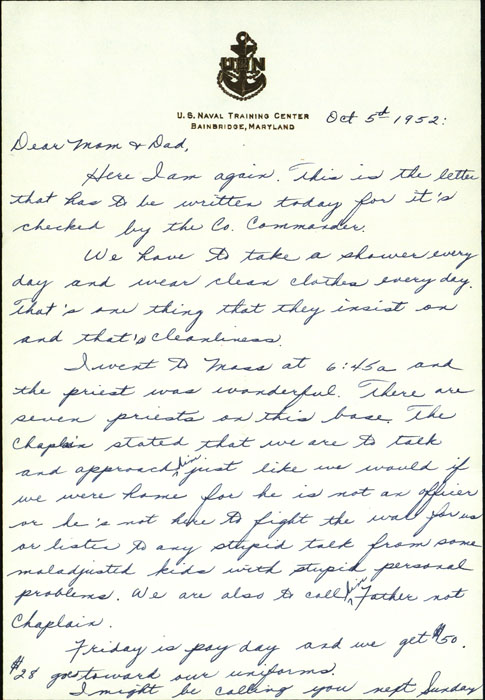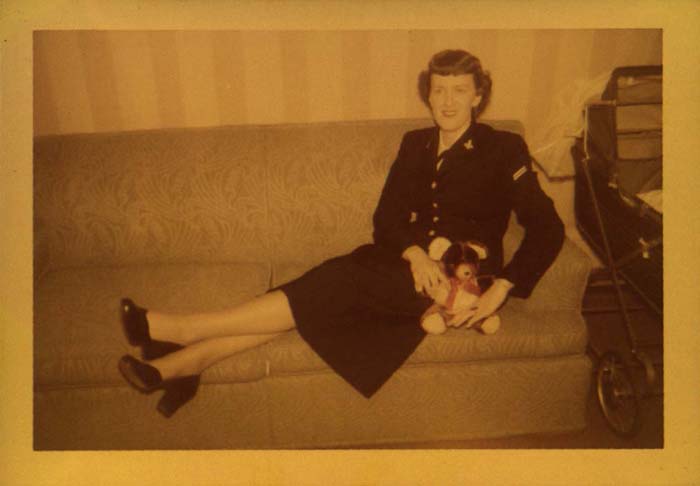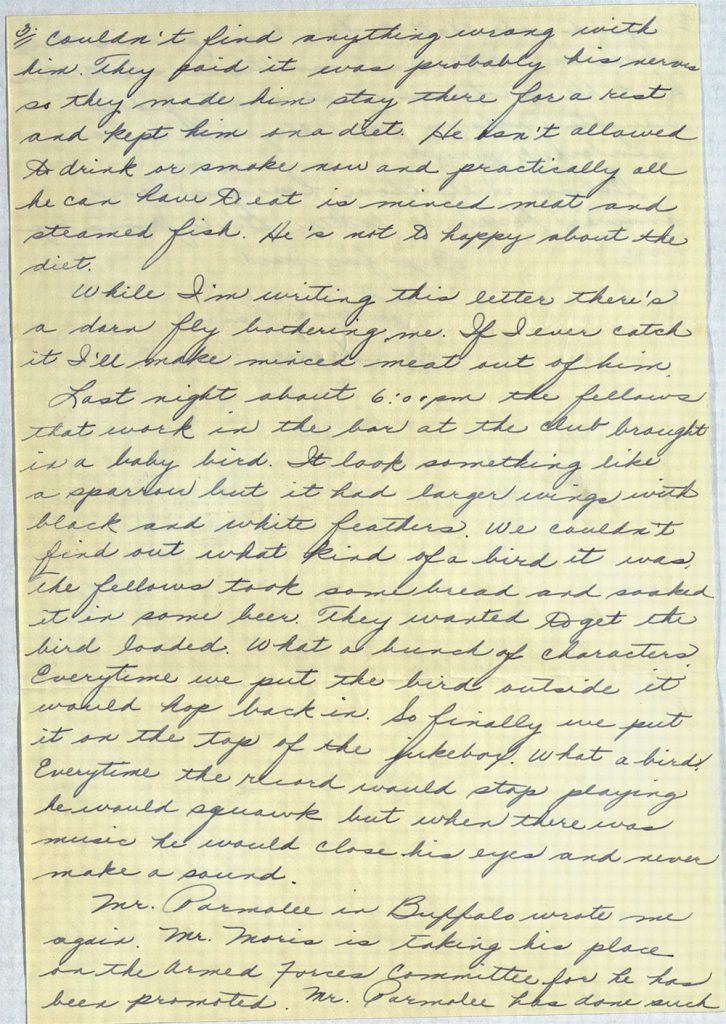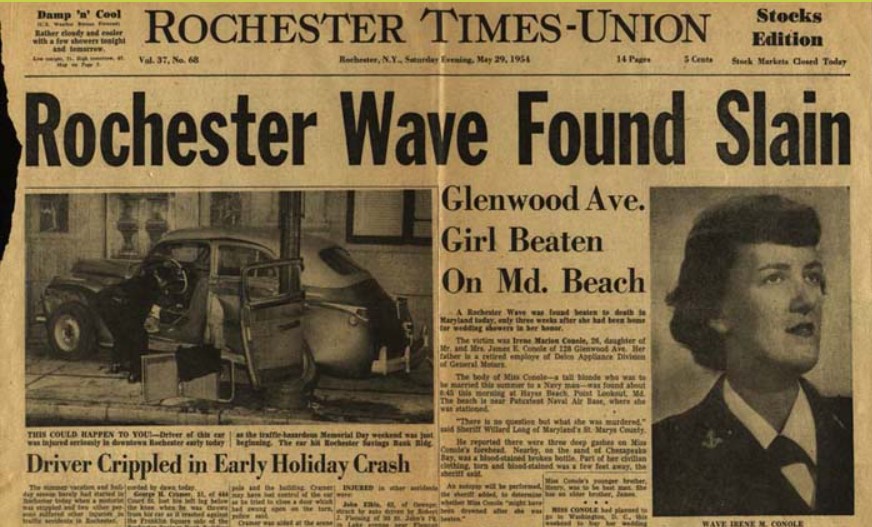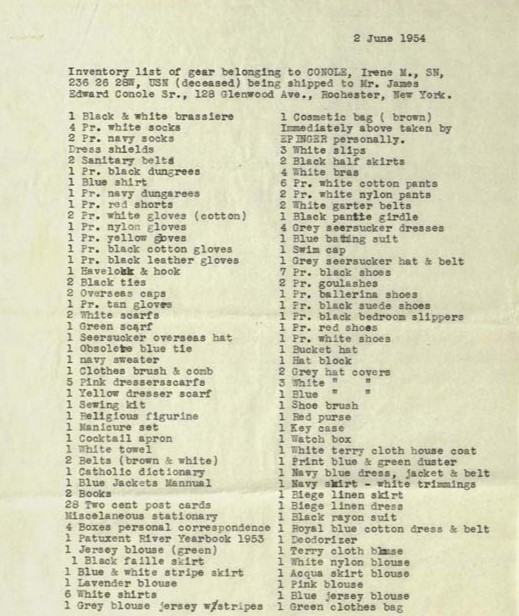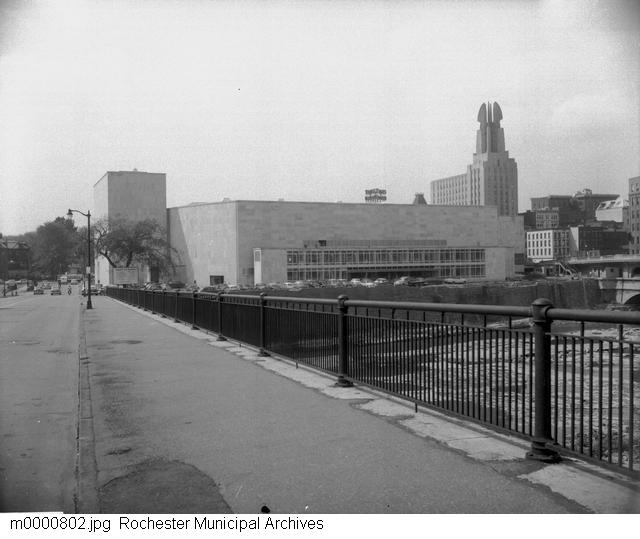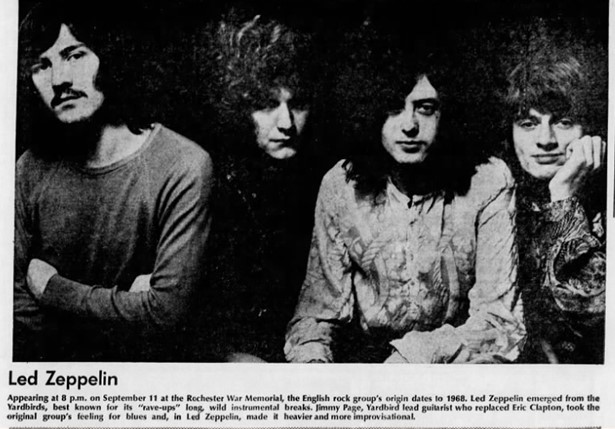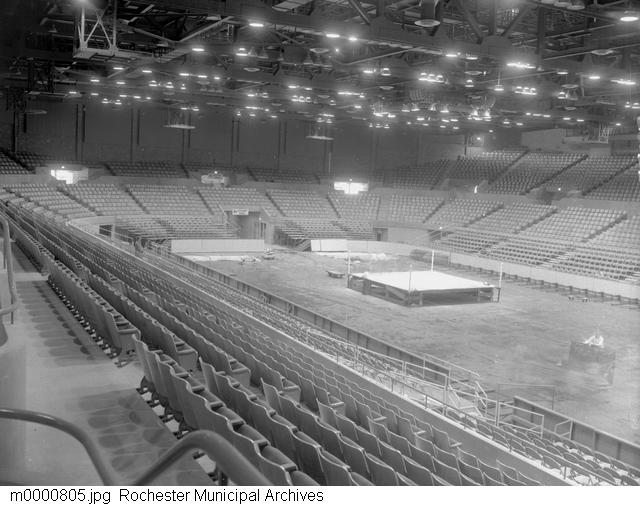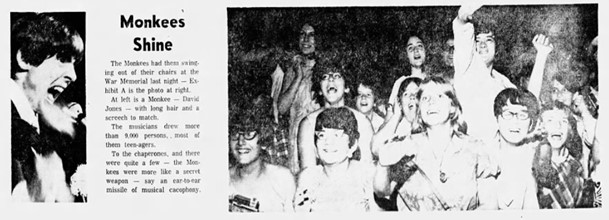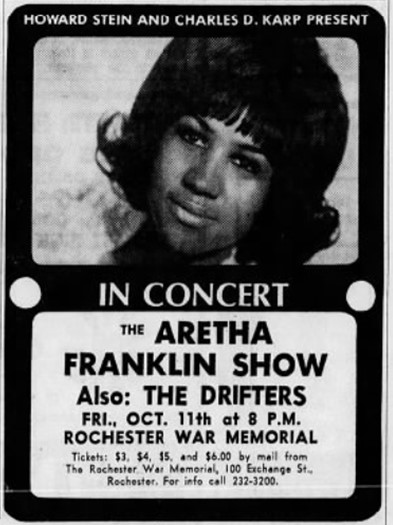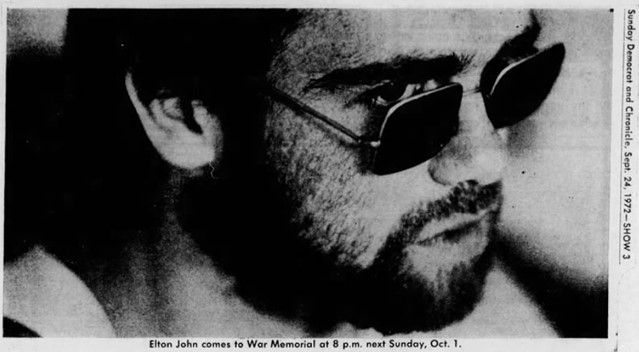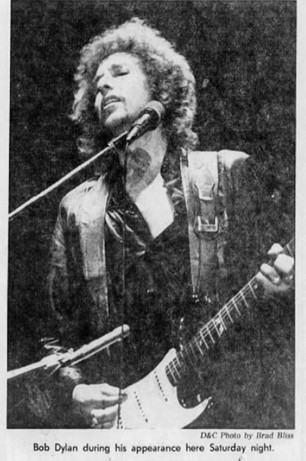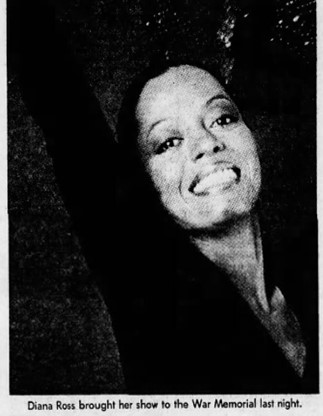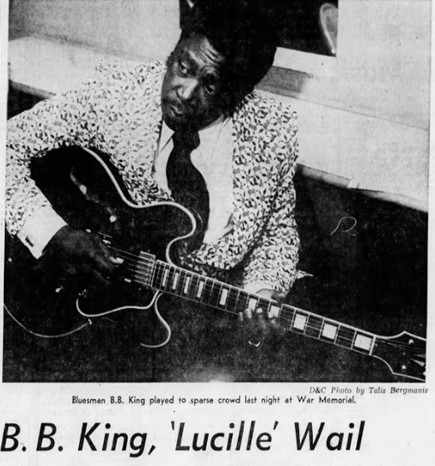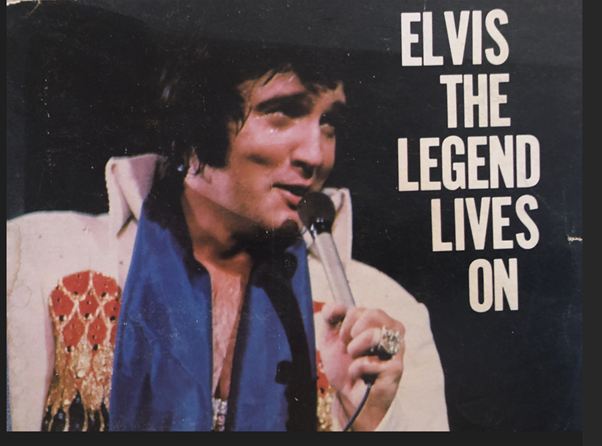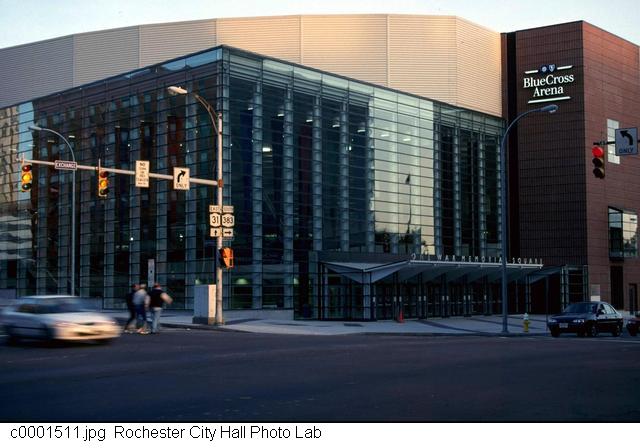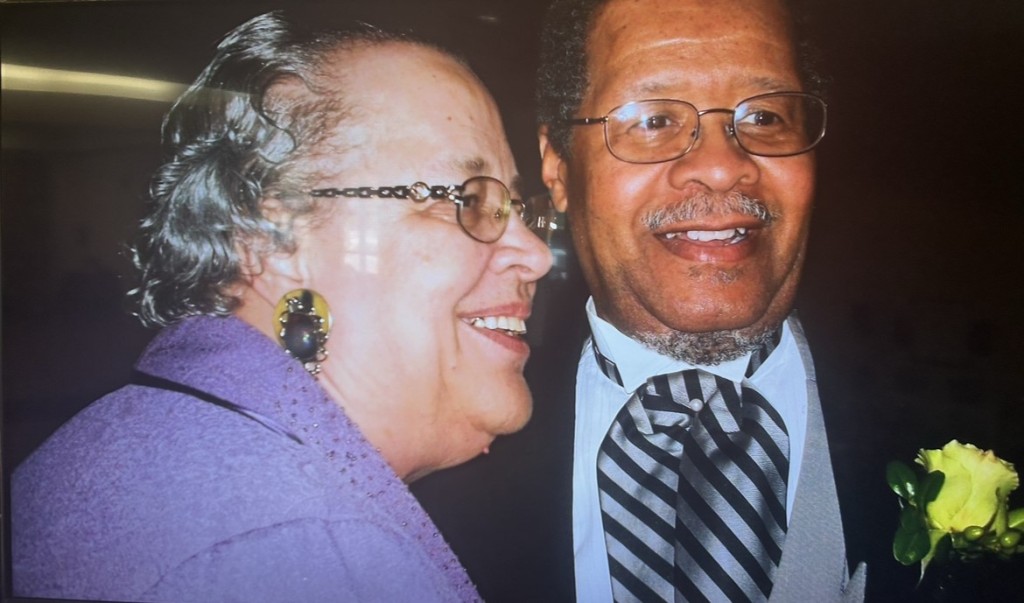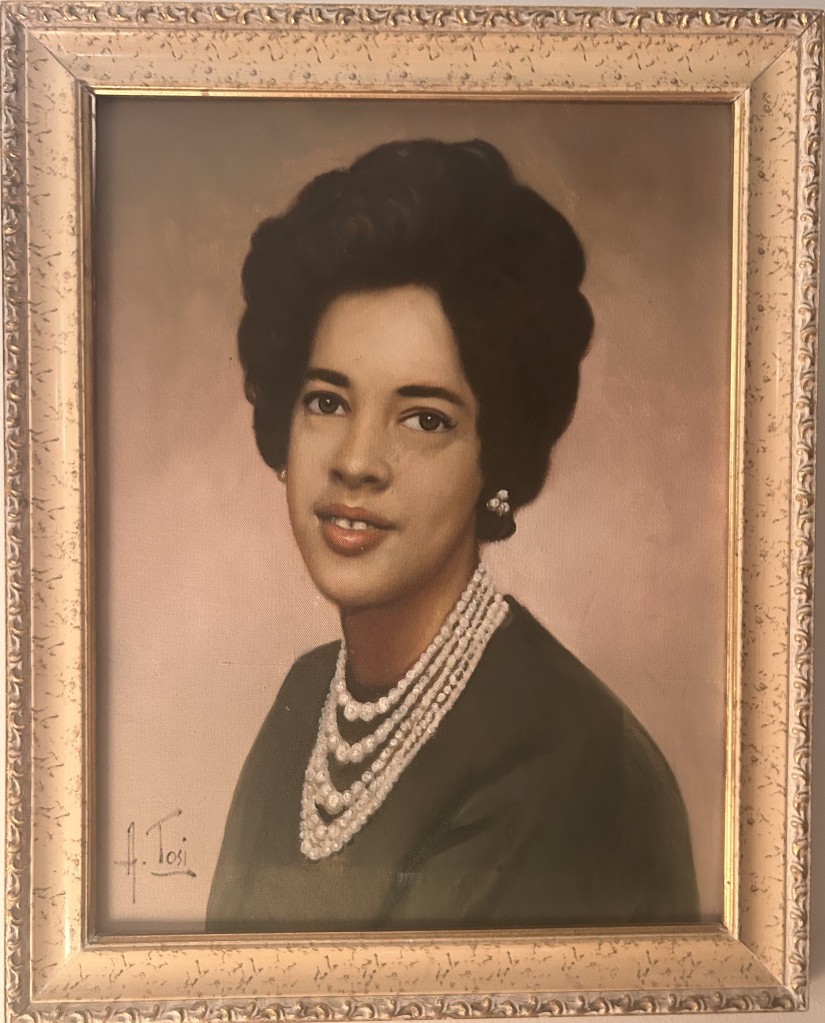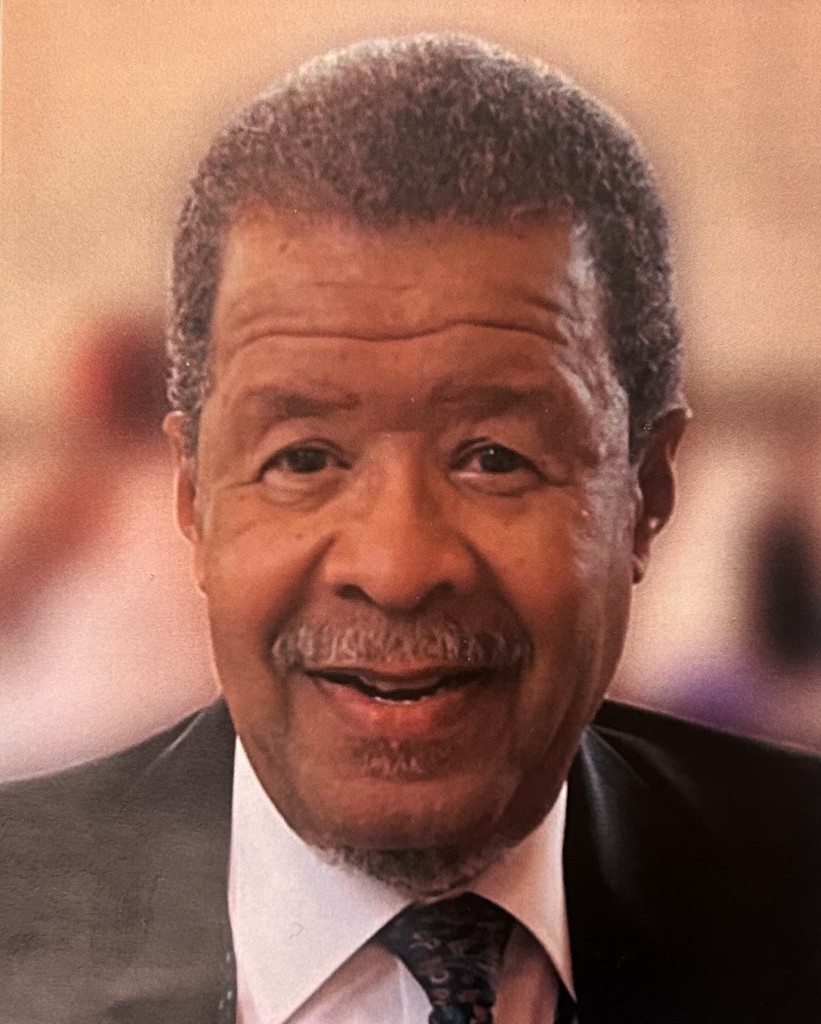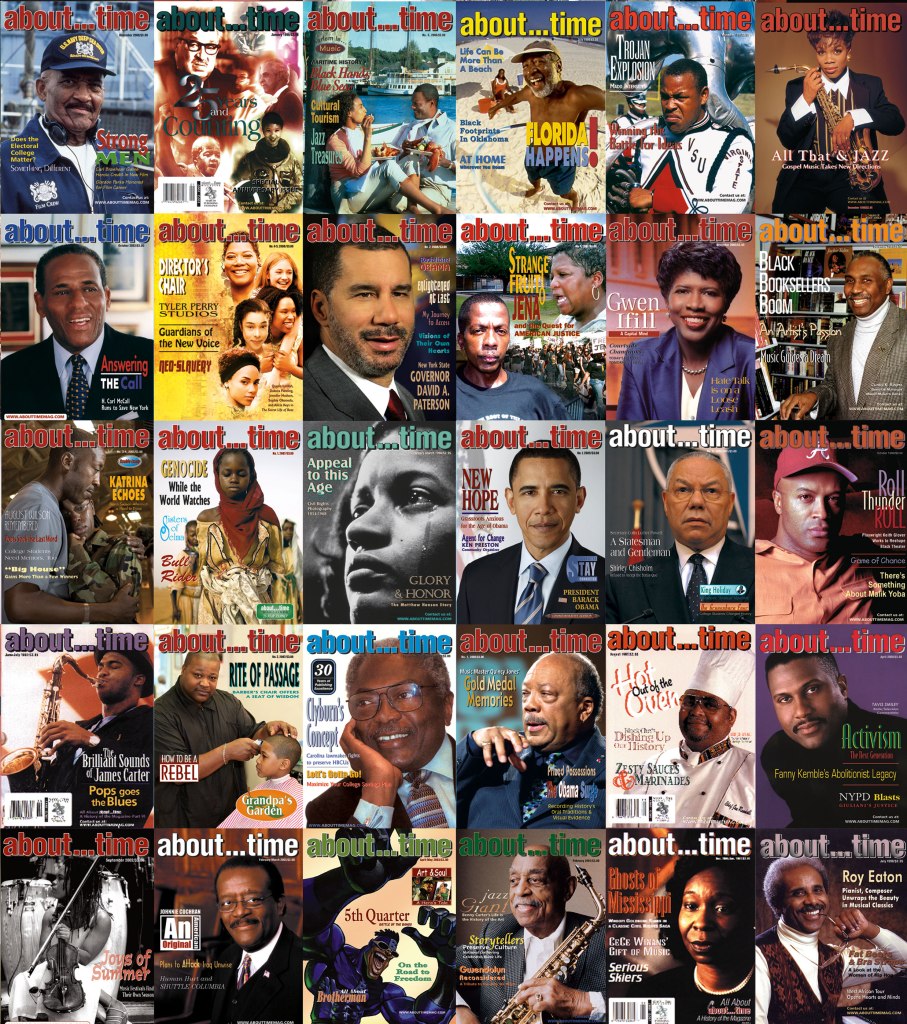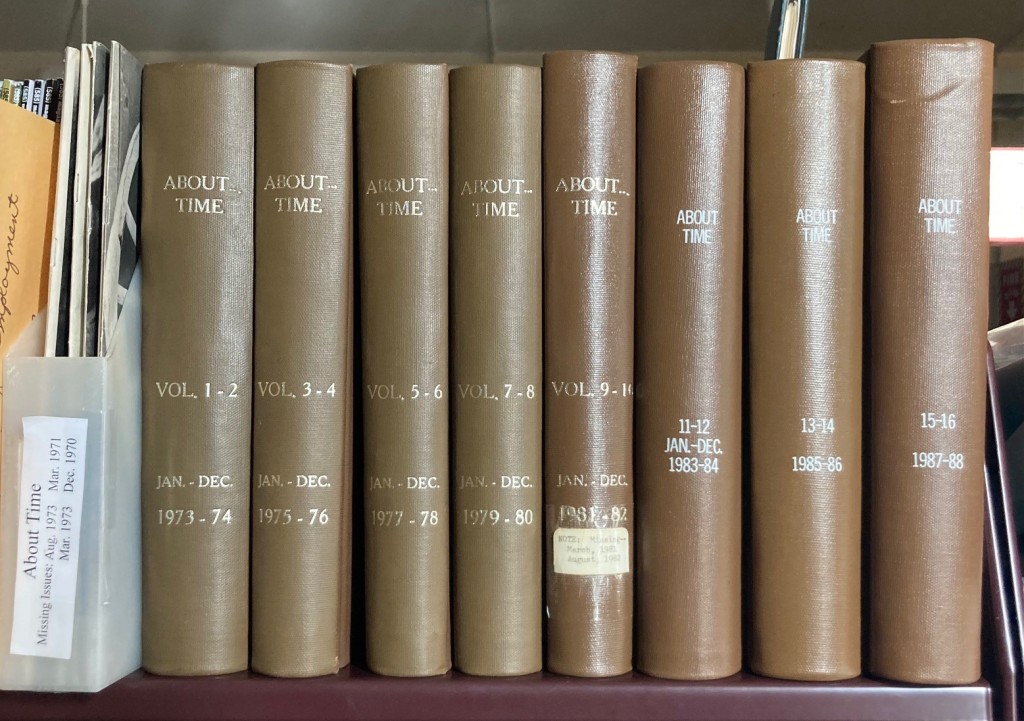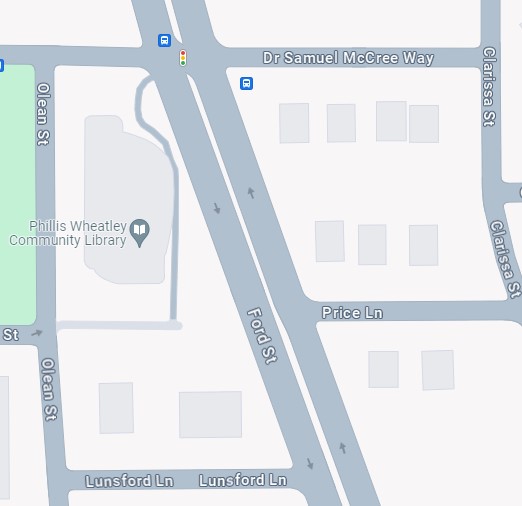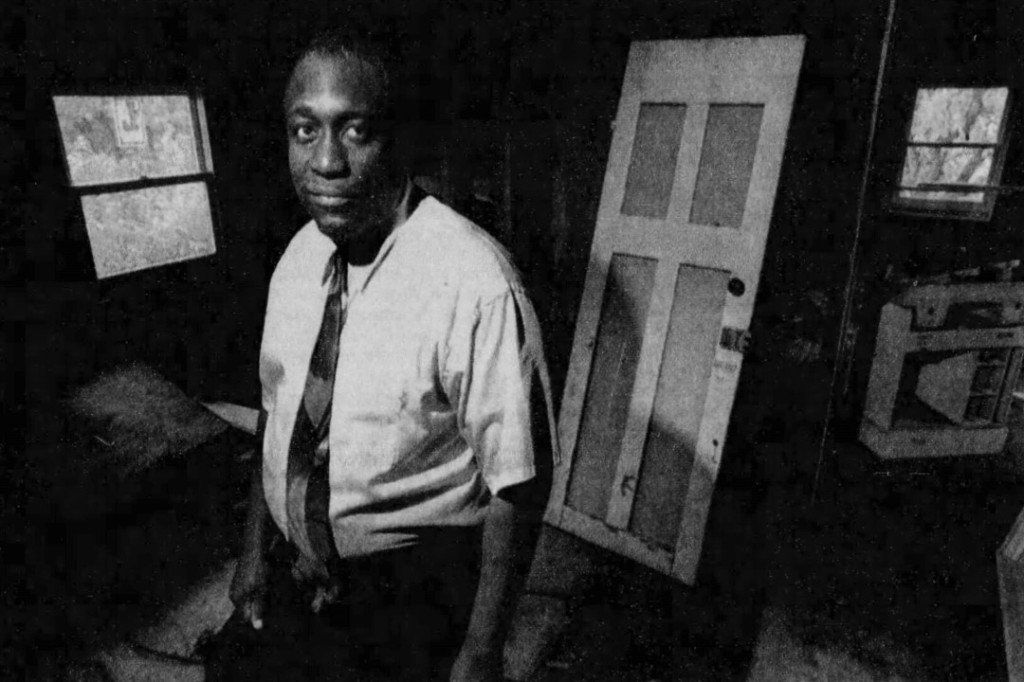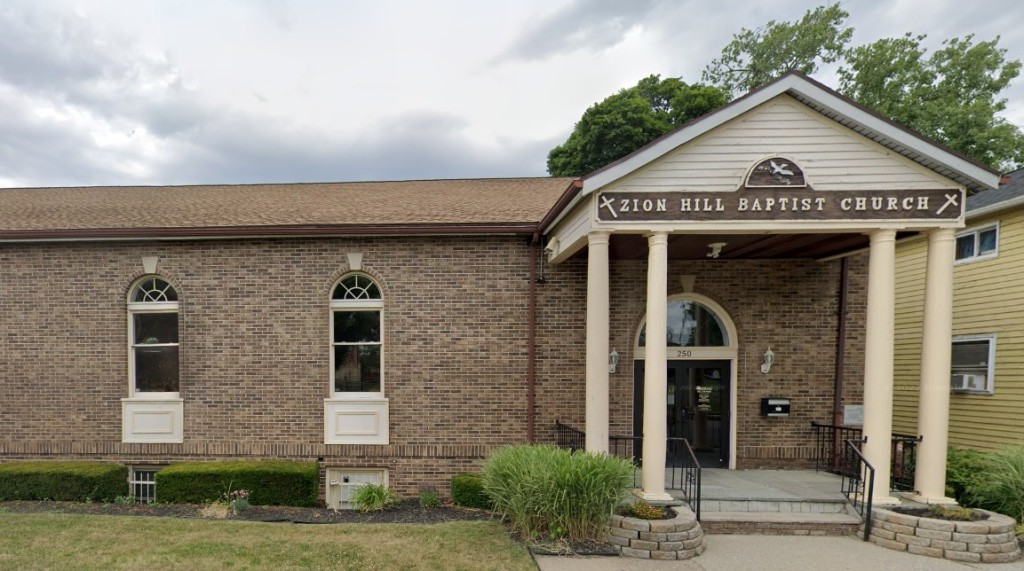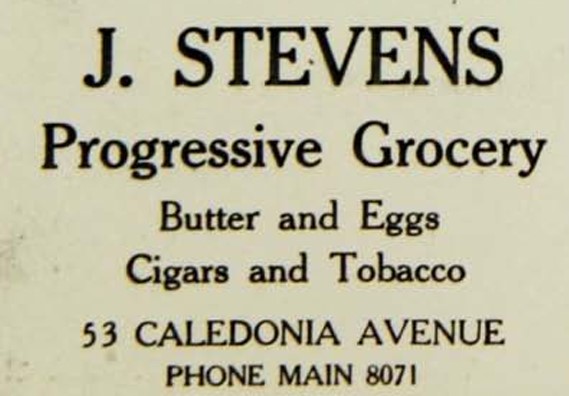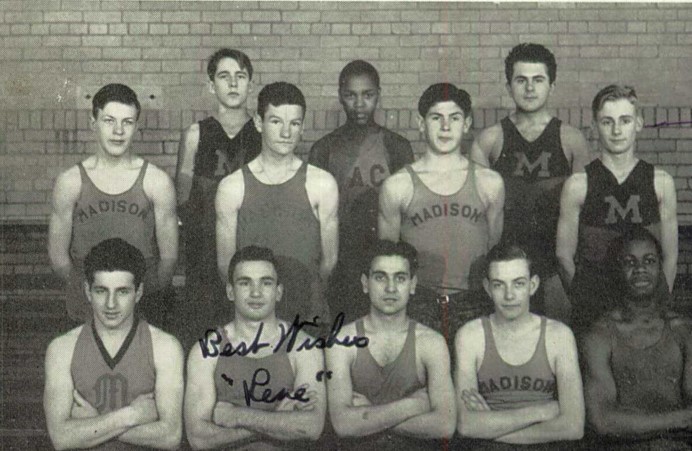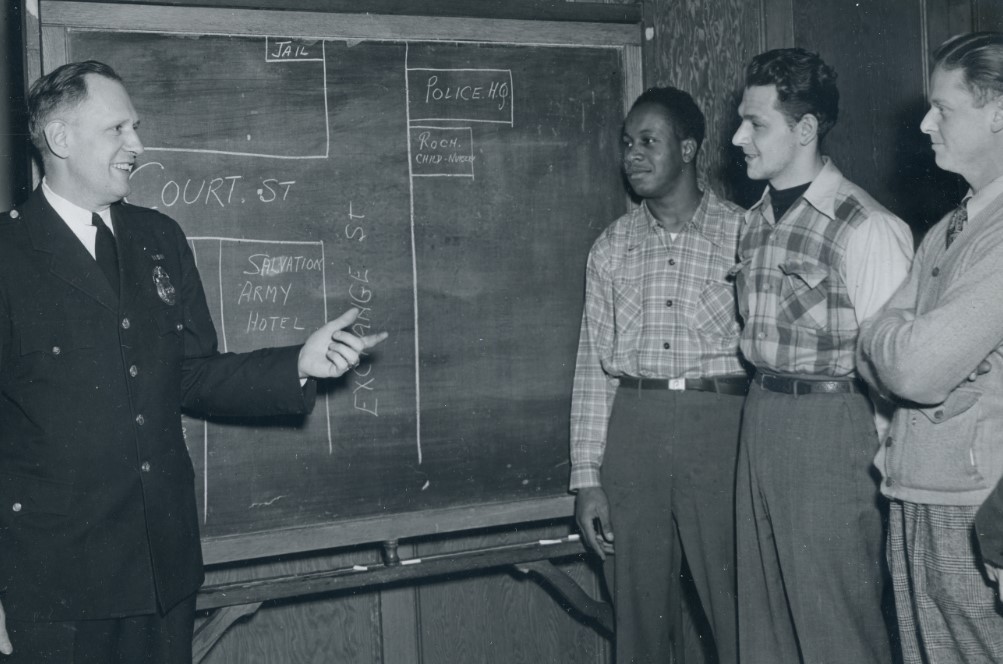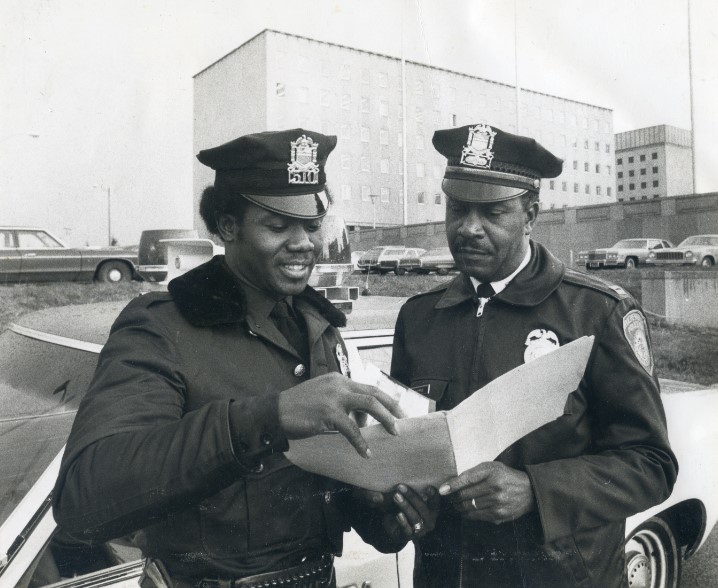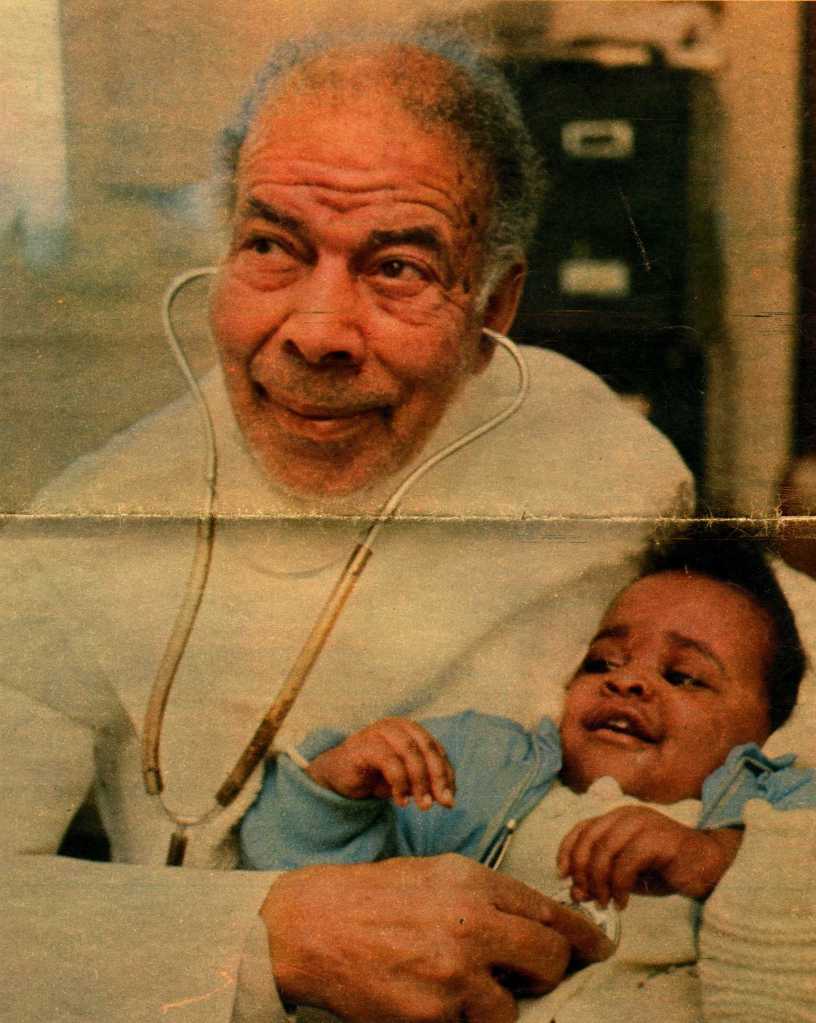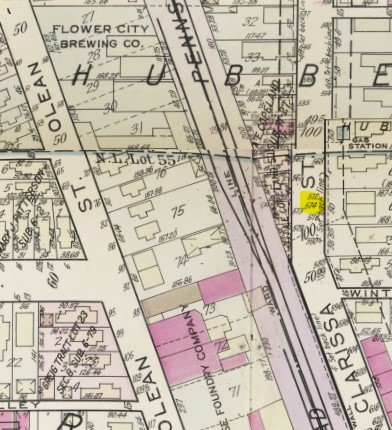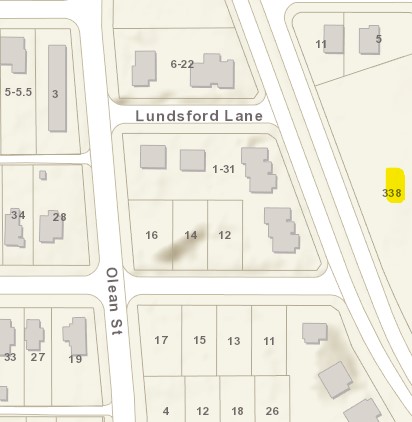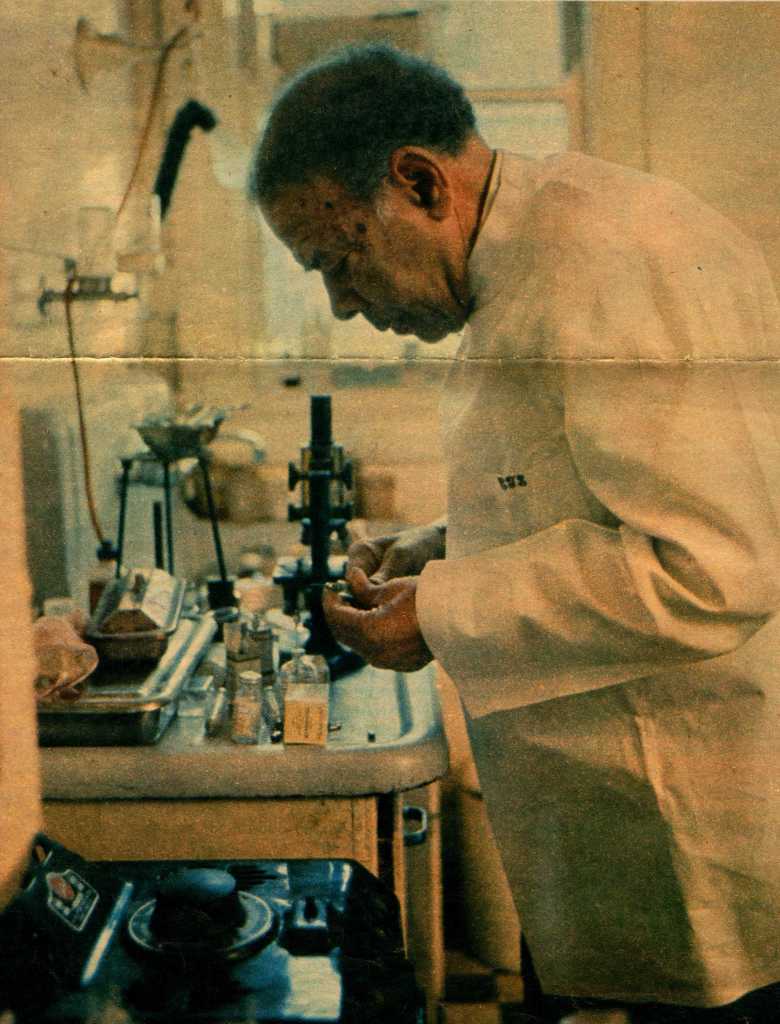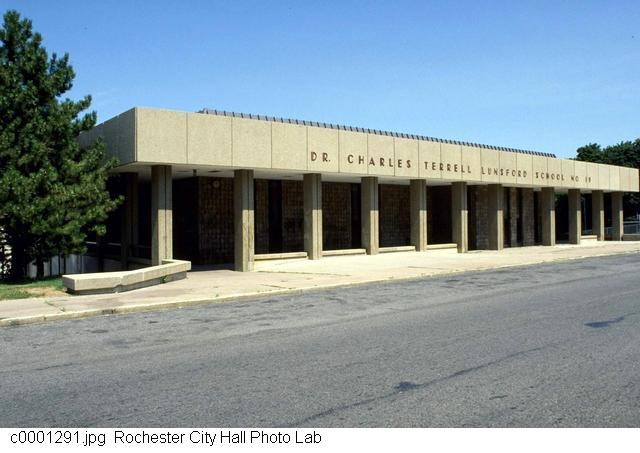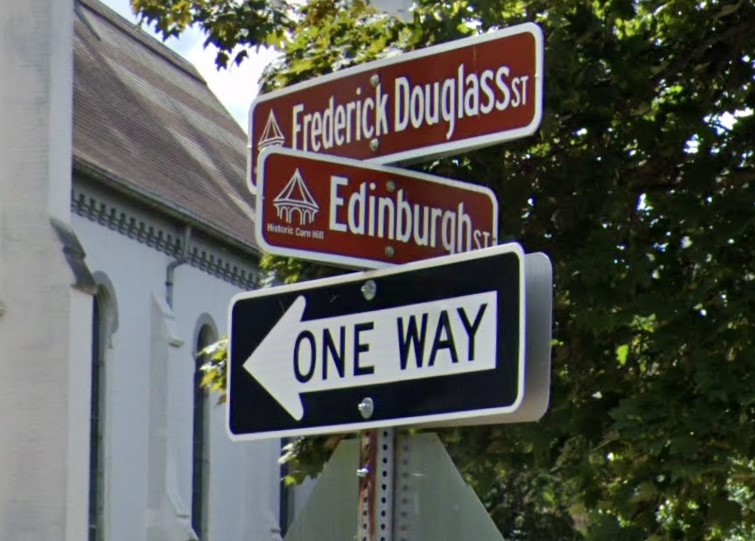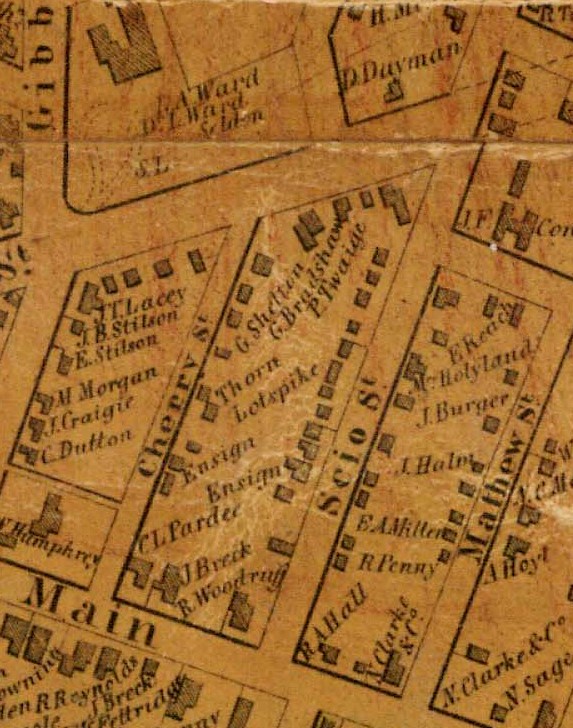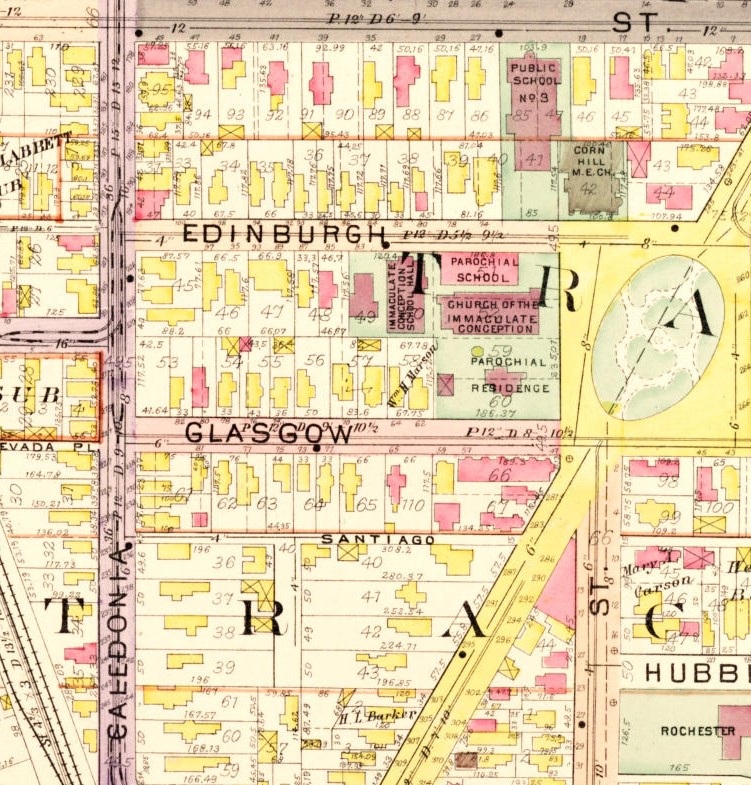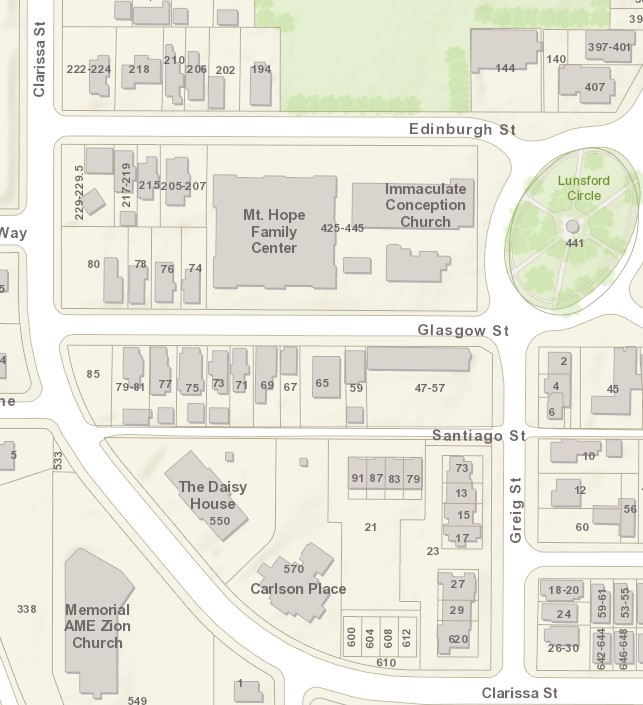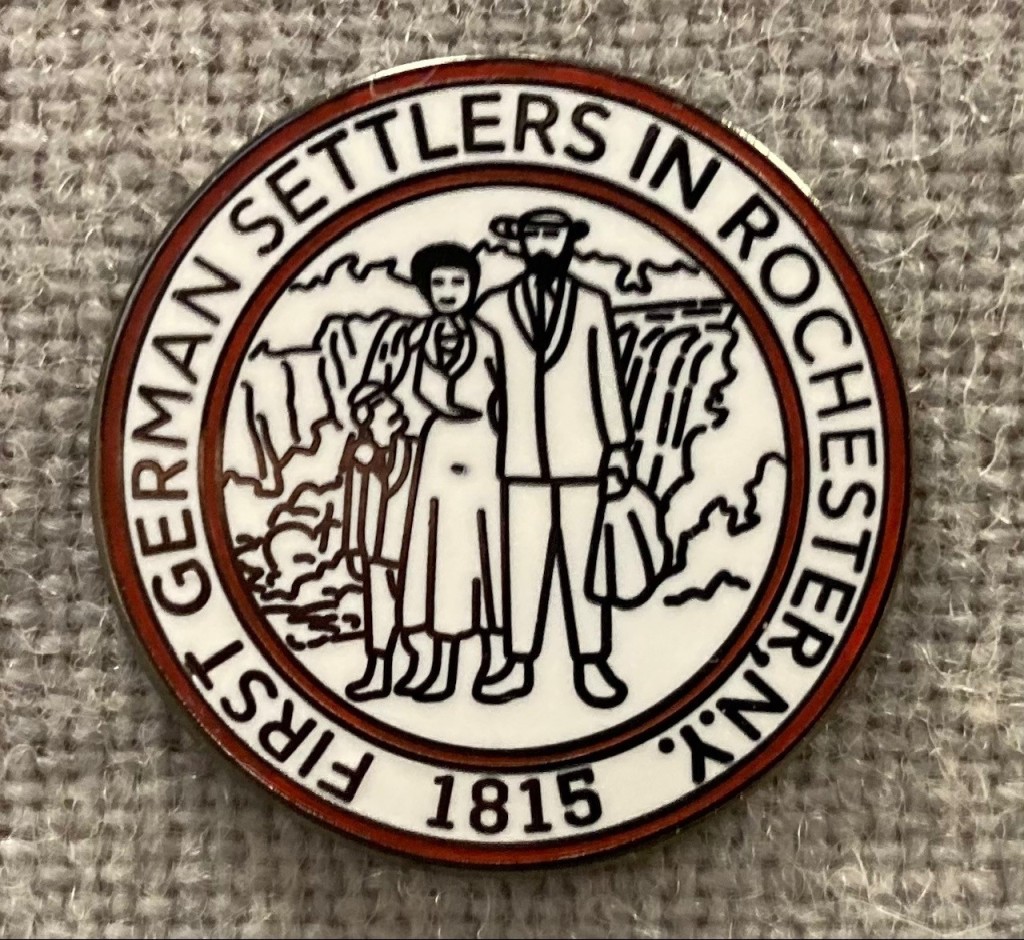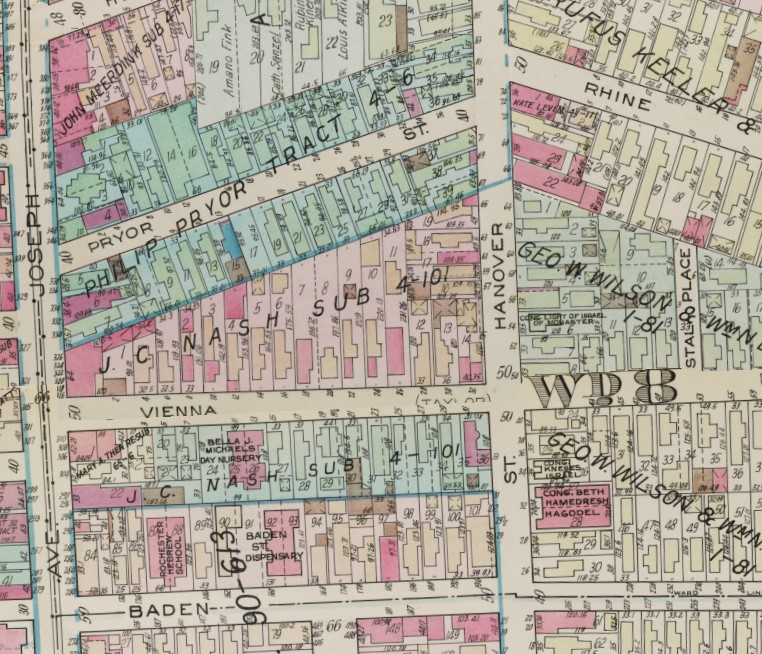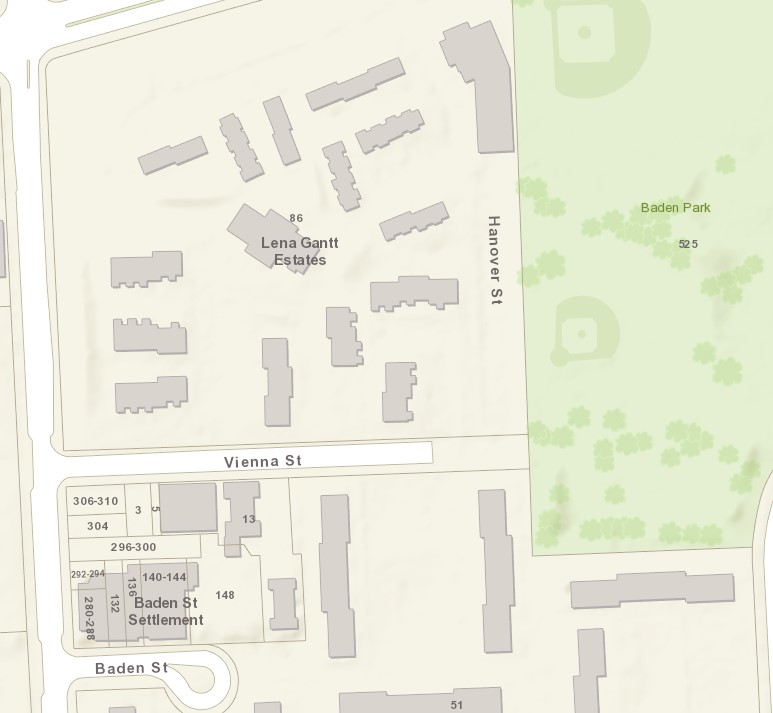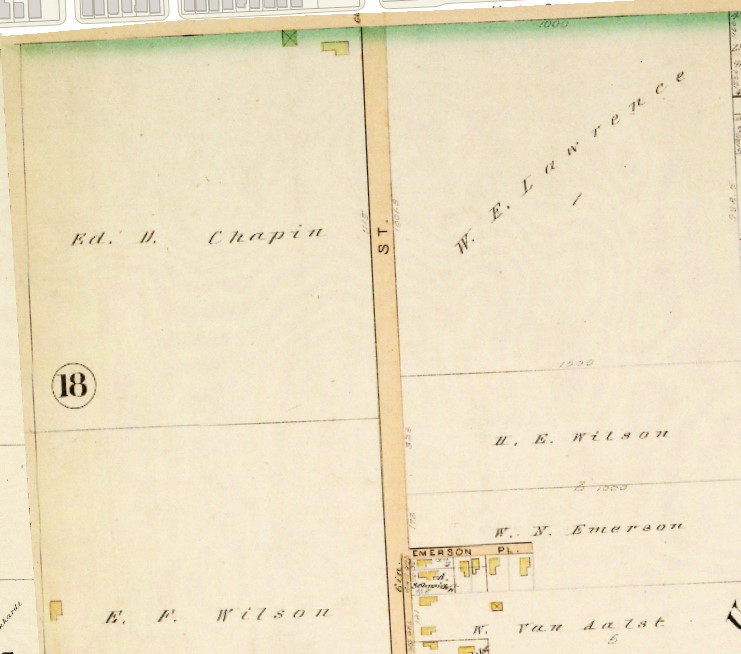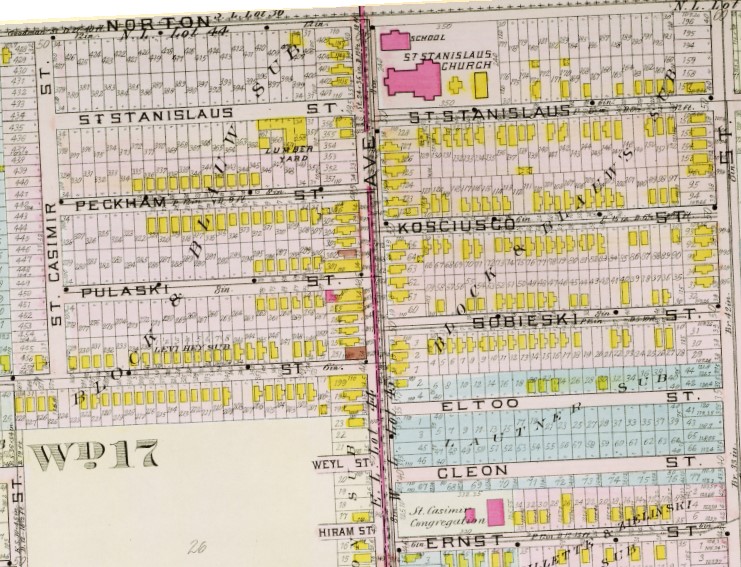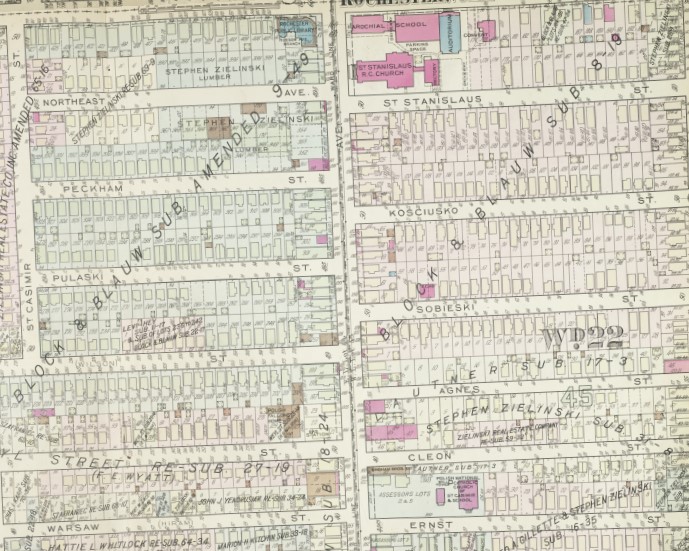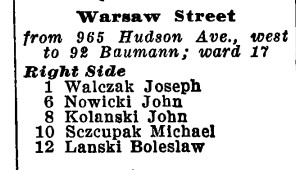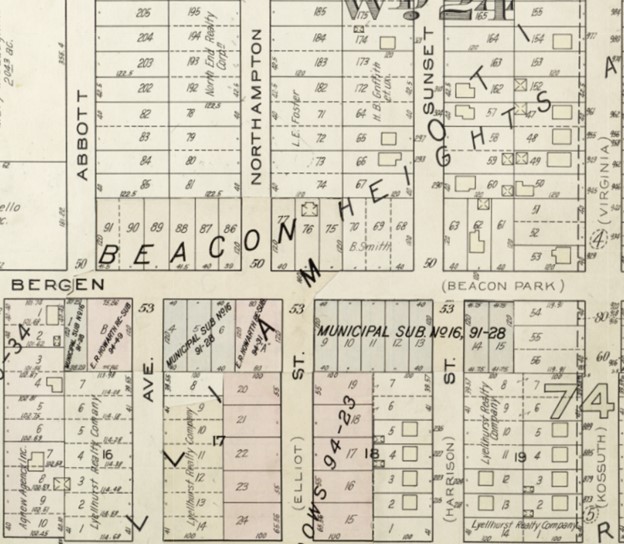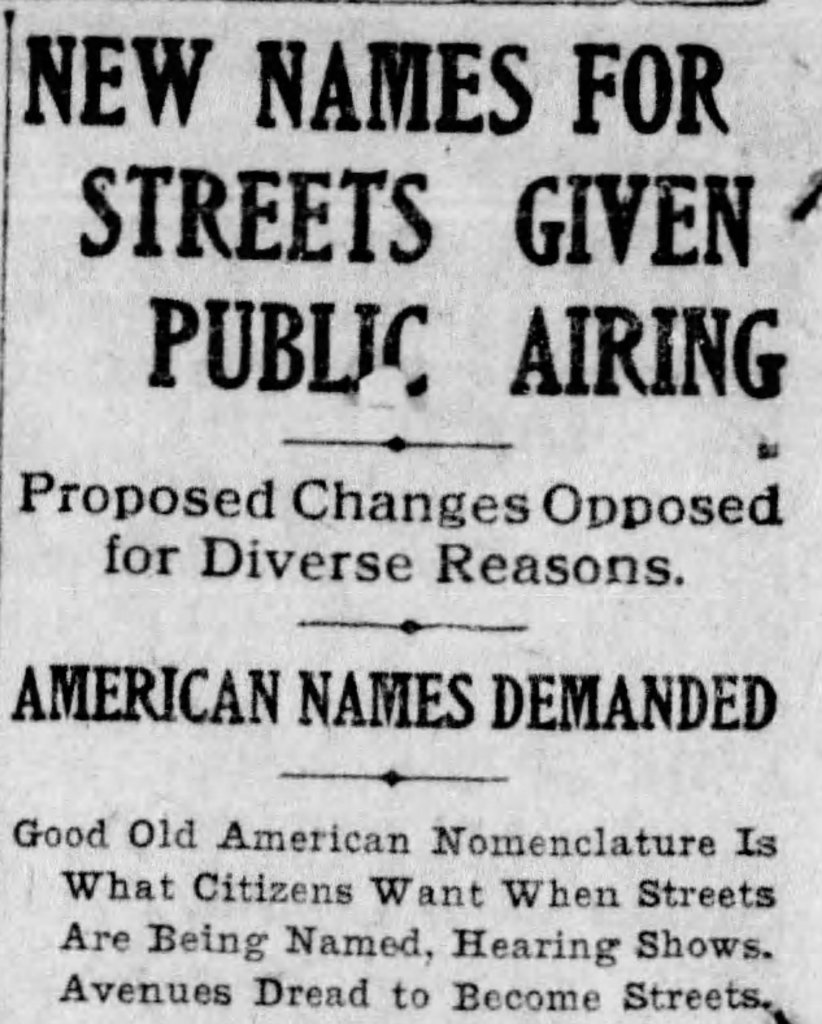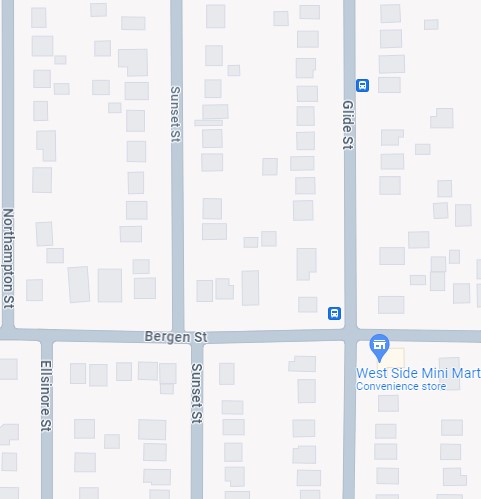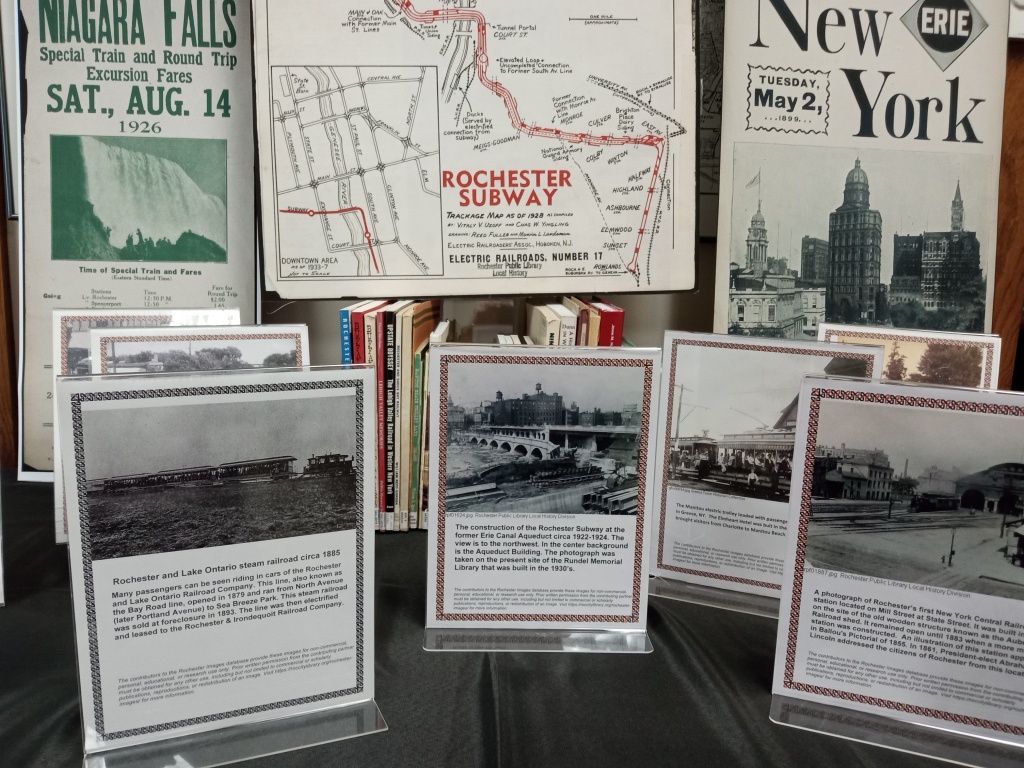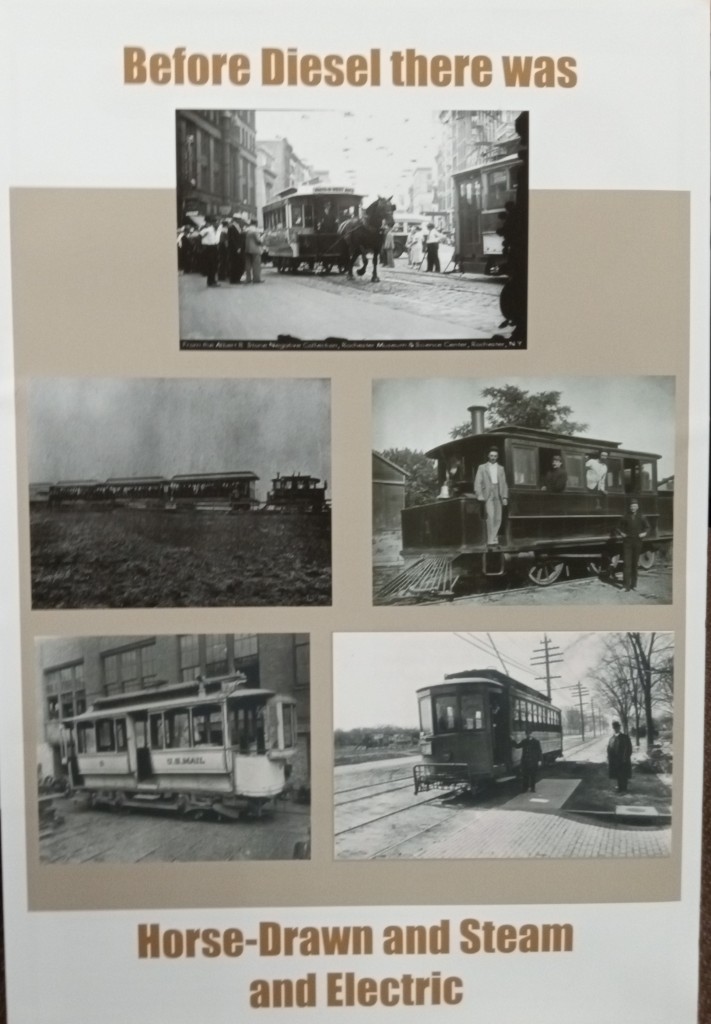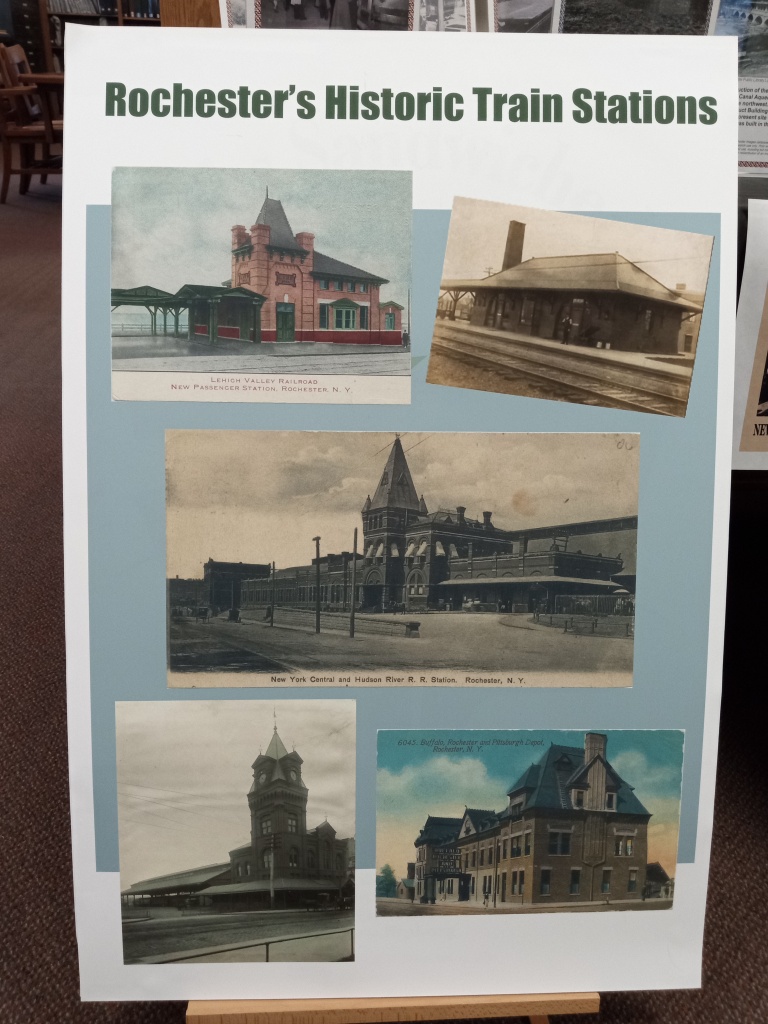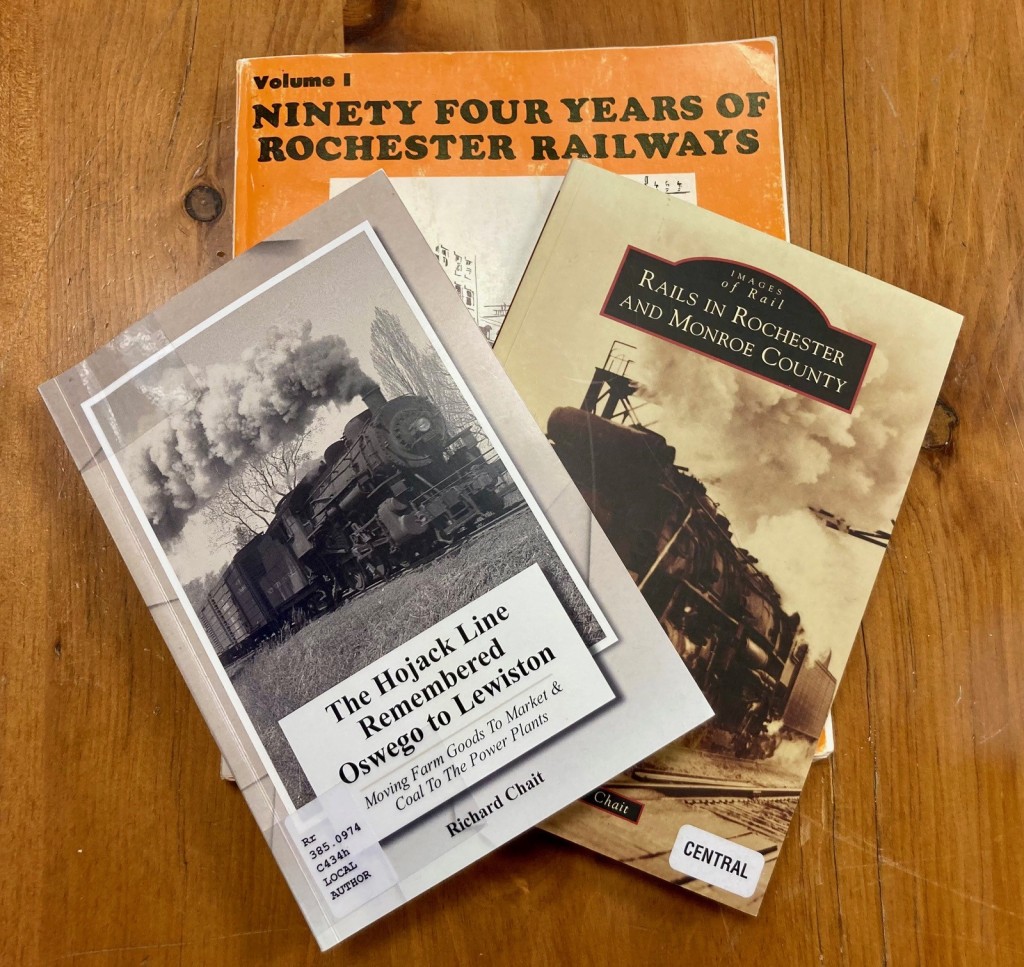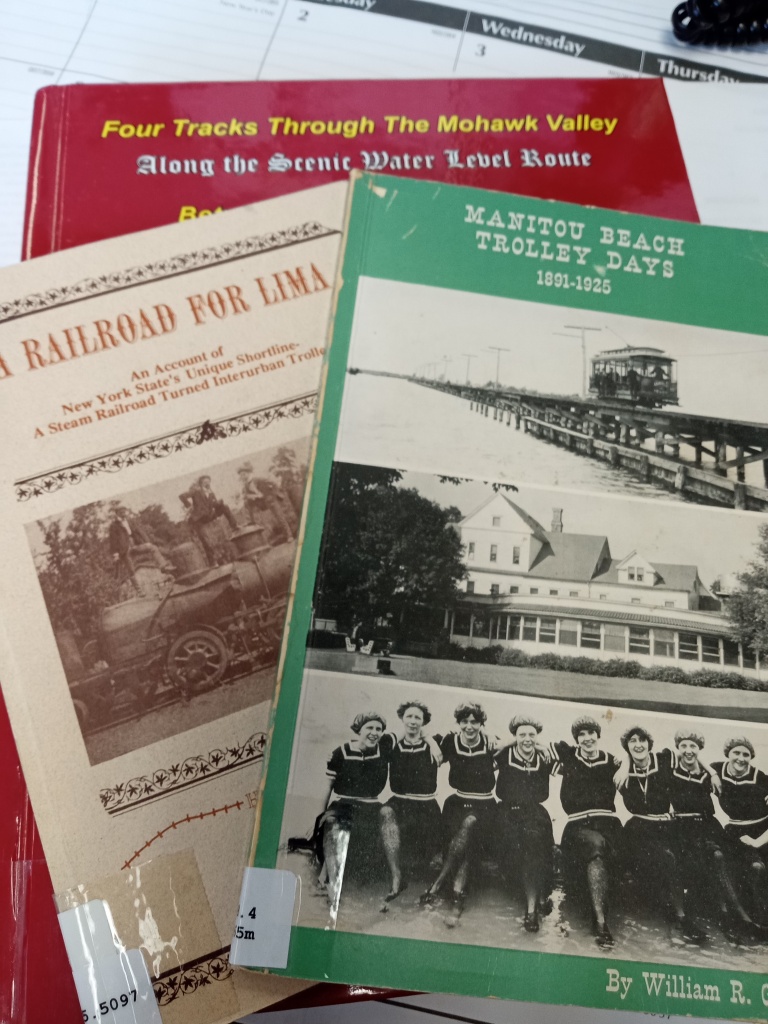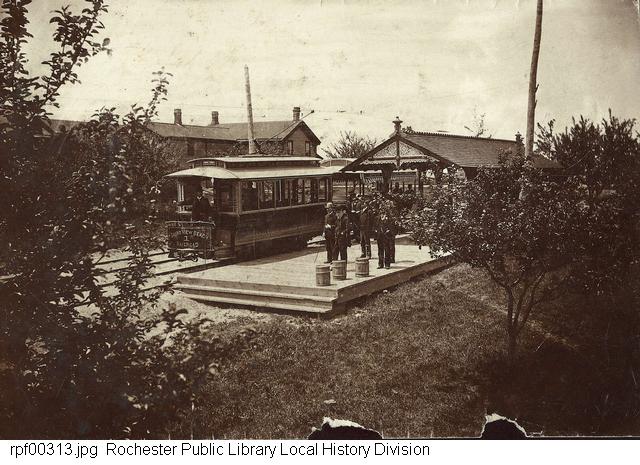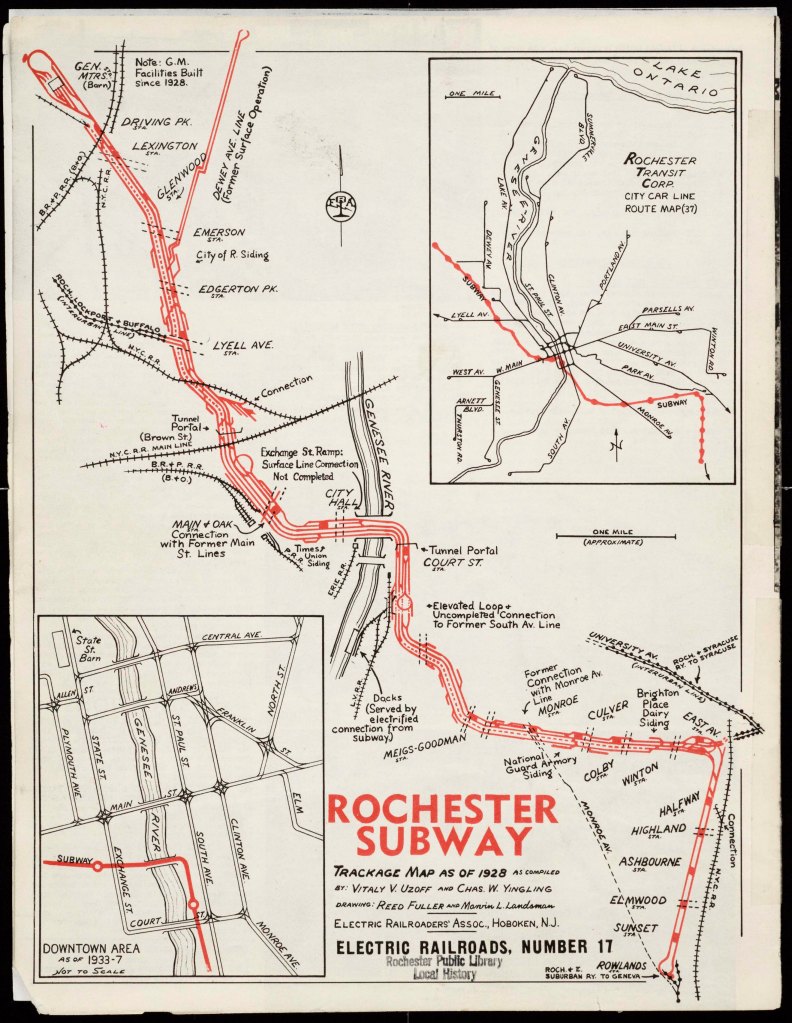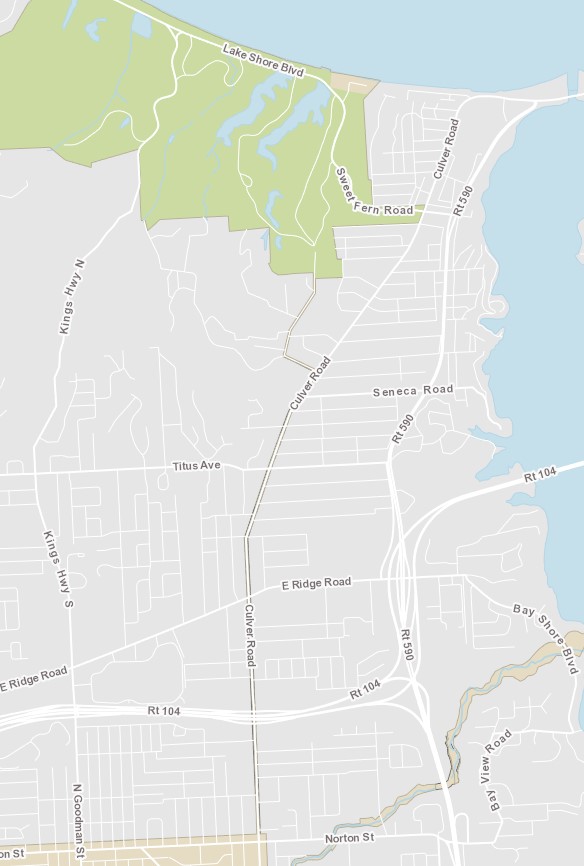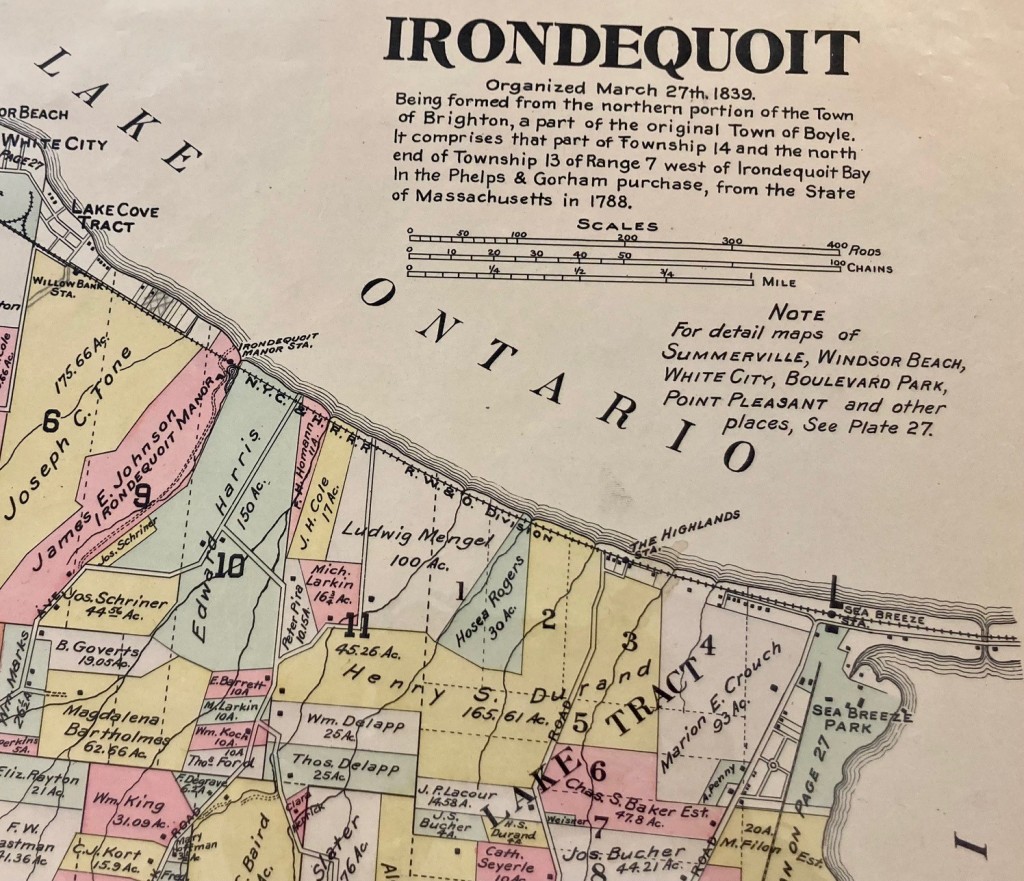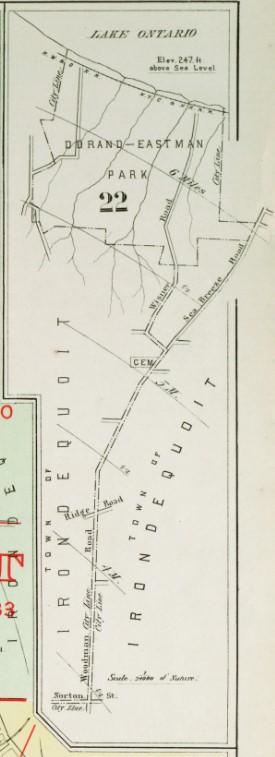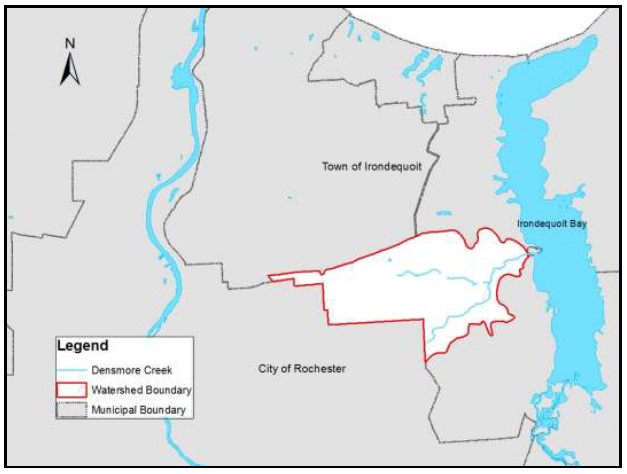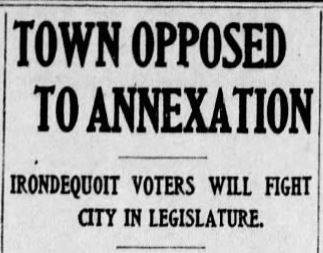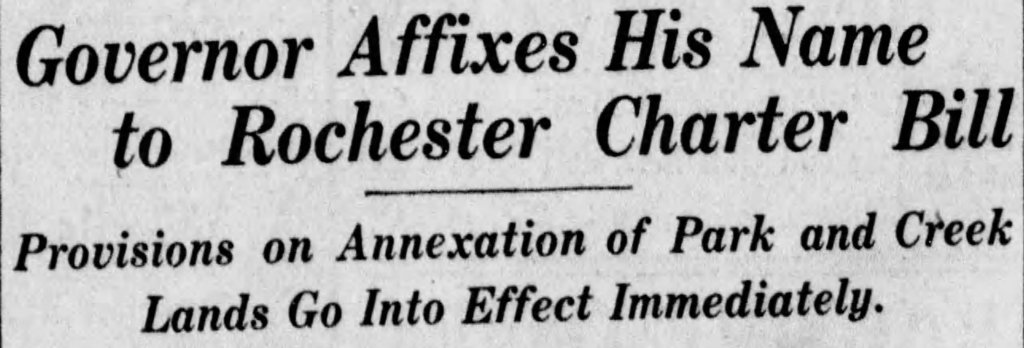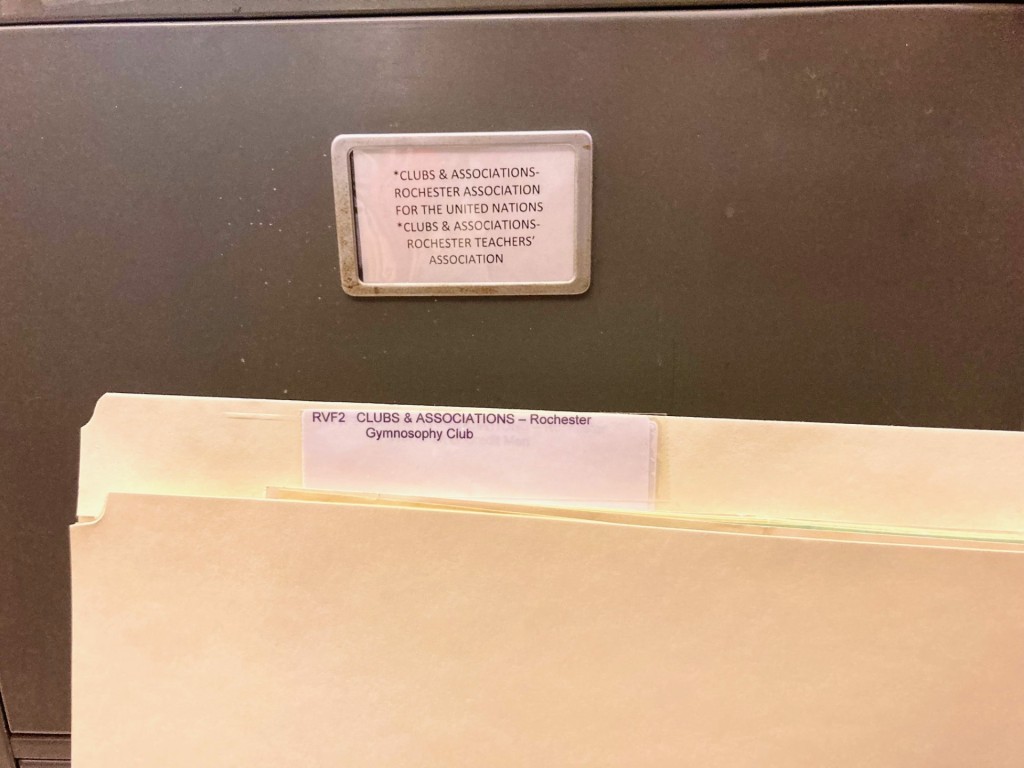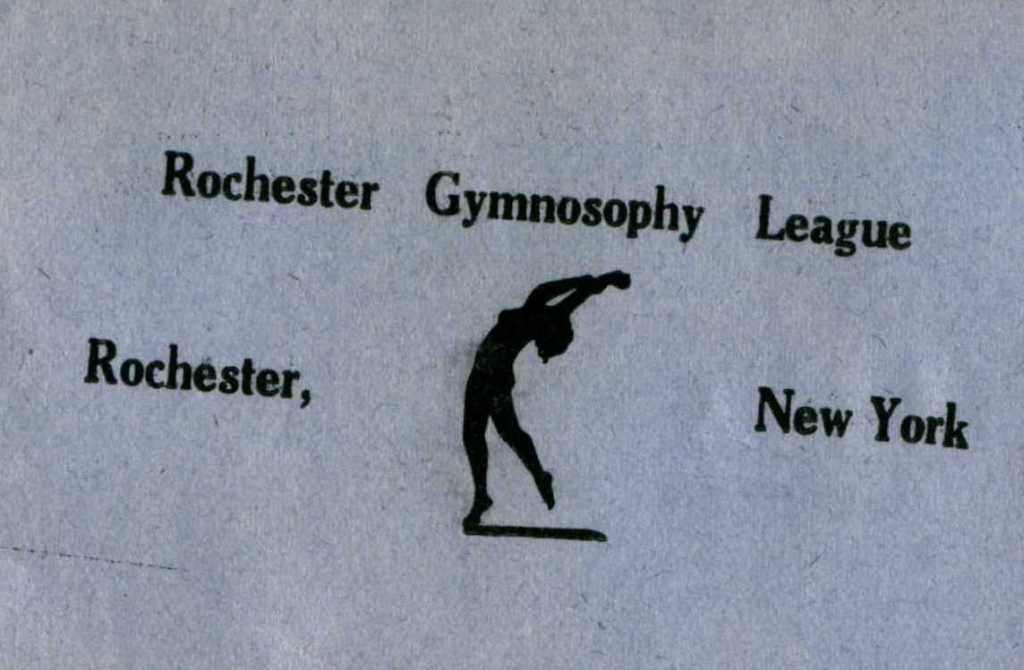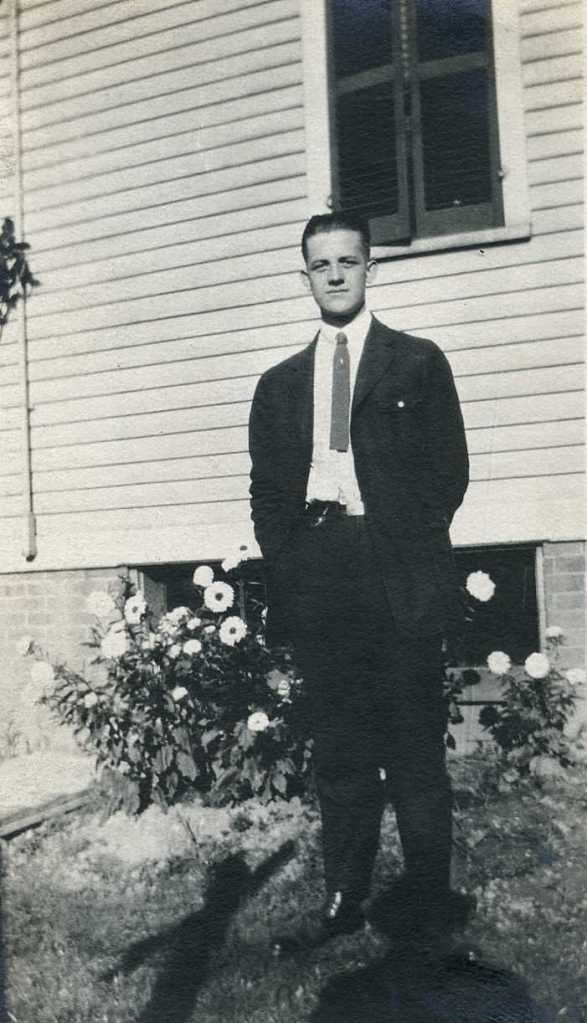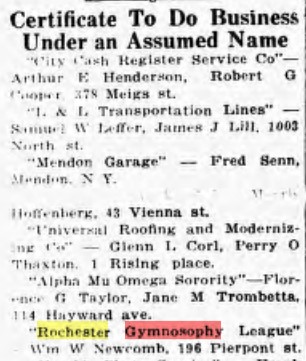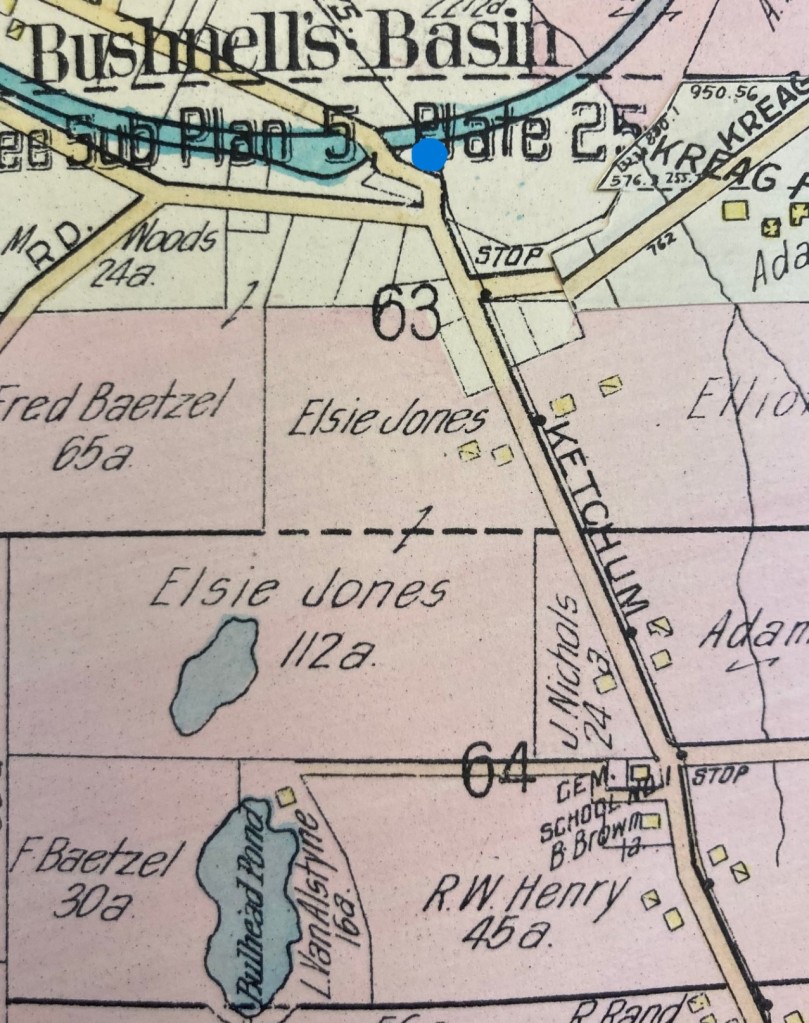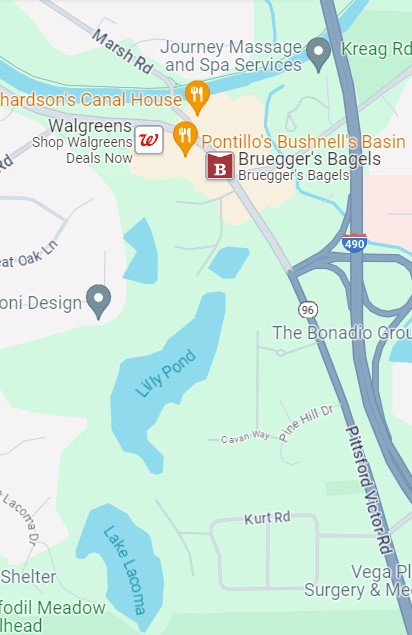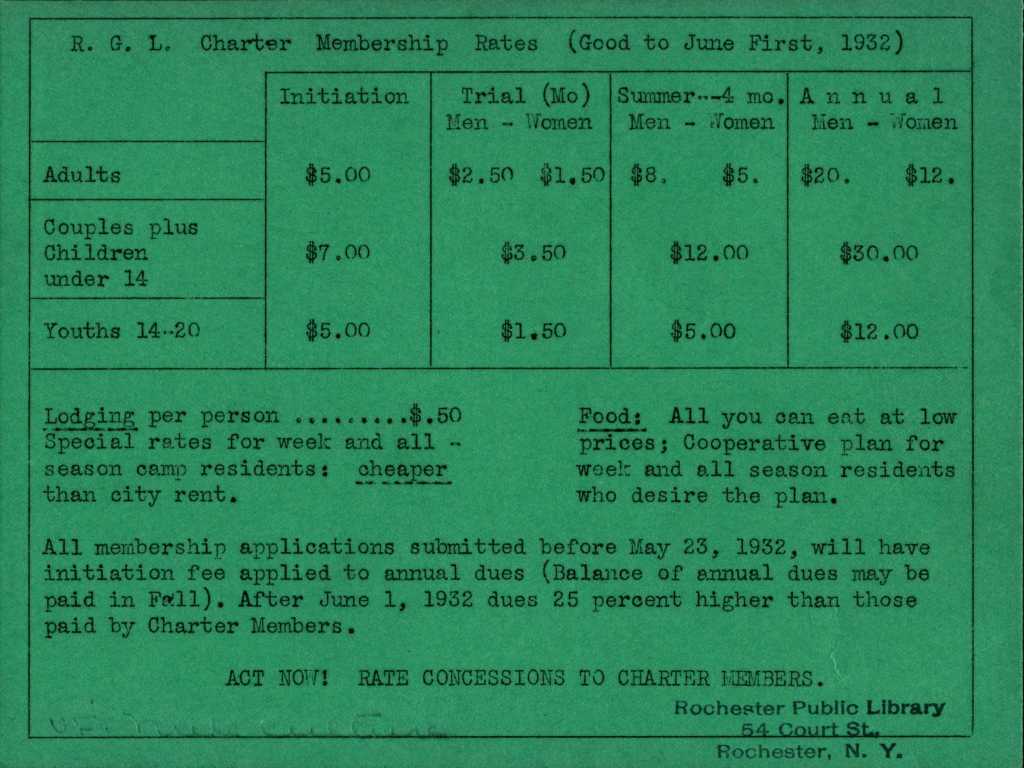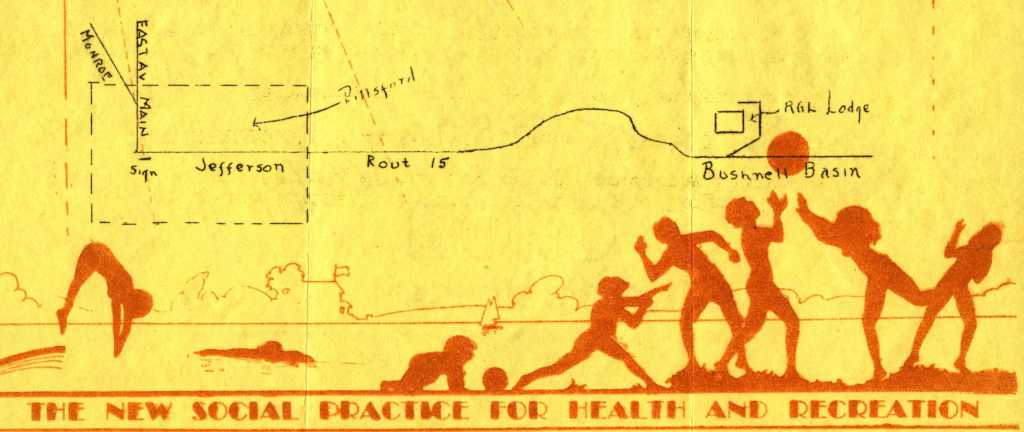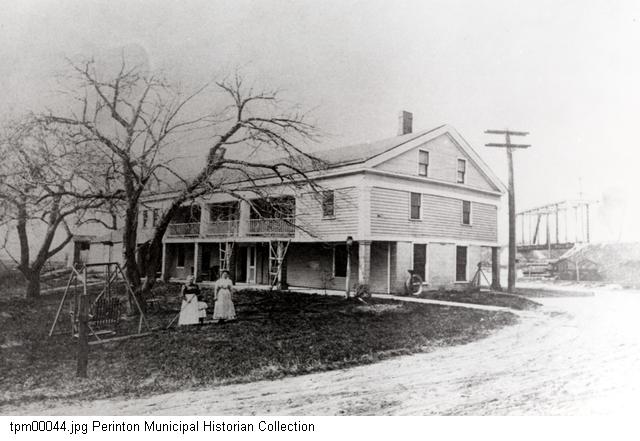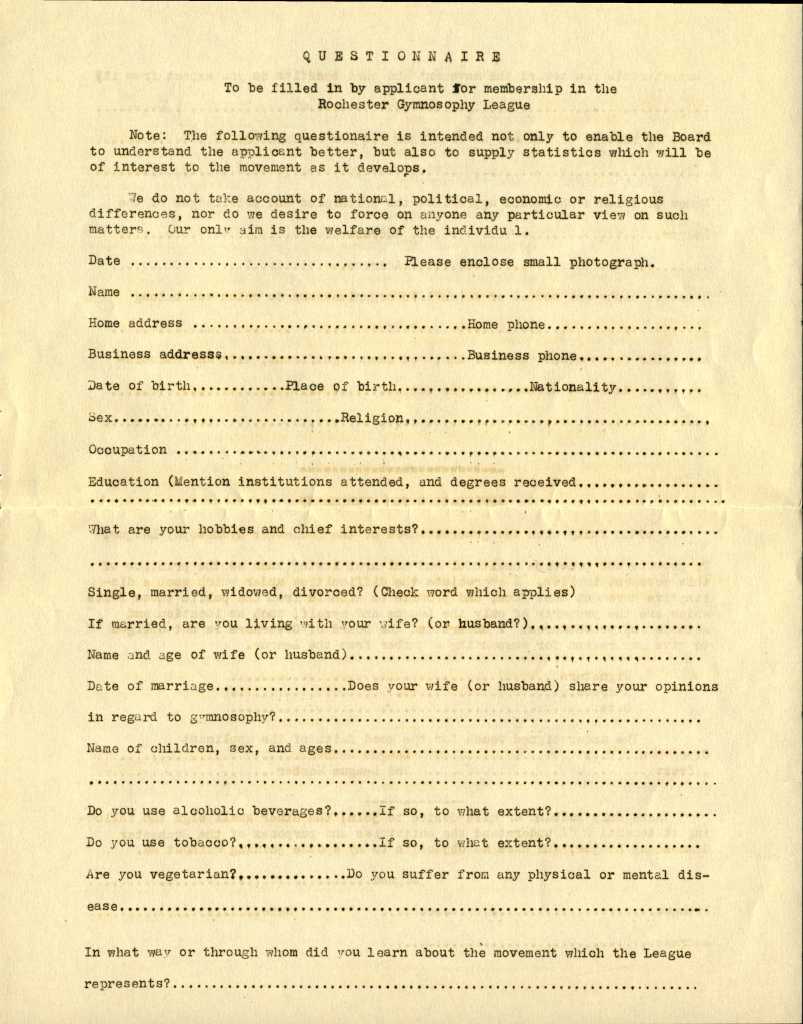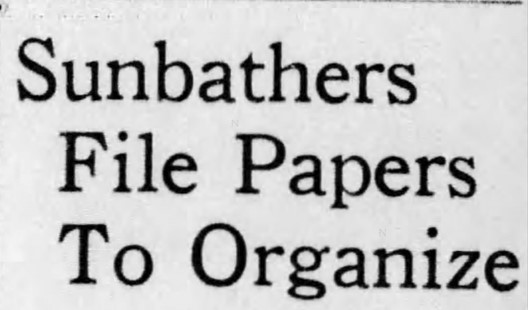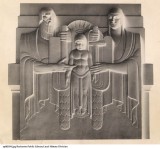Seven new performers will be inducted into the Rochester Music Hall of Fame on May 5th. Here’s a look at the local roots of three of these talented artists…
Jennifer Cody has made a home for herself on Broadway, but her love for musical theatre began just down the road in West Henrietta, New York.
While attending Roth High School, the 4’10 Cody was voted Class of ’87 Princess and served as Senior Class secretary, but truly made her mark in performances with the Roth Royal Players.
After graduating in 1987, Cody pursued a theatre degree at State University College at Fredonia. The following year, she was selected from hundreds of students around the world to perform in the 1988 Disney World Christmas parade; she would spend a semester at the Magic Kingdom honing her dance skills before completing college.
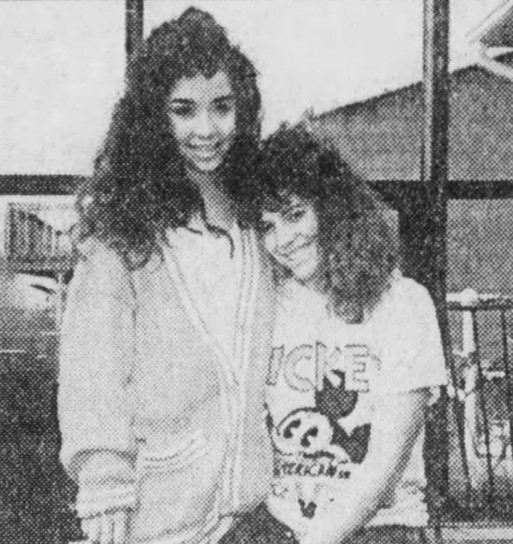
After stints in summer stock and off Broadway, Cody’s small stature led to her big break. When the national touring company of Cats needed a tiny performer to play Rumpleteazer in 1993, Cody proved to be the purr-fect (sorry) fit.
A string of Broadway hits followed, including roles in Grease, A Christmas Story, Shrek, and Beauty and the Beast. She also branched out into voice work, appearing on popular animated television shows and movies like American Dad and Wreck-it-Ralph, and ultimately earning an Arnie–the voice over Oscar for best actor in animated film–for her portrayal of Charlotte La Boeuff in Disney’s The Princess and the Frog.
In between such successes, she has graced hometown GEVA audiences in plays including The Odd Couple and Spamalot, in which she starred opposite her husband, fellow Broadway actor, Hunter Foster.
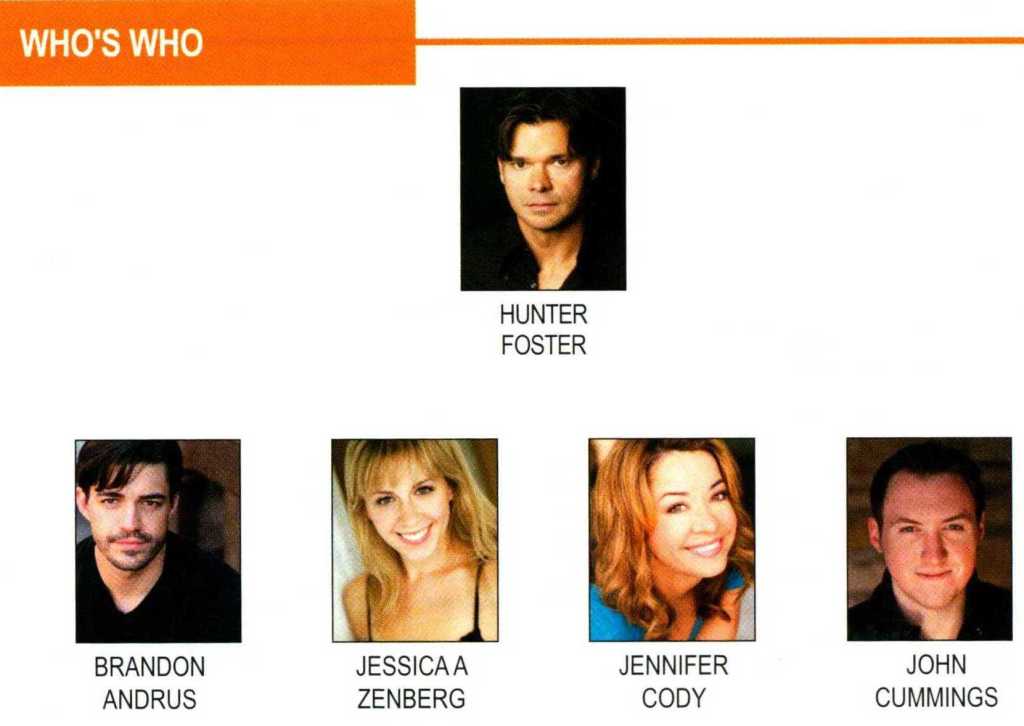
Cody has also “represented” the Flower City over the years in venues across the country with her one-woman show, From Rochester to Broadway.
***
While you may not have heard the name Scott Mayo before, it is highly likely that you’ve heard his saxophone work.
Raised in Henrietta, Mayo came to his primary instrument indirectly. When he was eight, he expressed a desire to join the school band. His mother nixed his first choice of instrument–drums—deeming them too loud. His second and third choices—trumpet and guitar—were rejected for the same reason.
Mayo eventually landed on the clarinet, since both his brothers had played the instrument and there was already one in the house. His parents then bought him a book of songs from television and movies, which inspired him to play along with cartoons and commercials while watching tv.
Within a few years, Mayo added the saxophone and flute to his musical quiver. His father helped encourage his creative development by exposing him to jazz–which he deemed to be “real music”–and taking him to jam sessions on Sunday nights.
Mayo’s musical interest deepened at Rush-Henrietta High School, where he excelled in the wind ensemble, jazz ensemble, concert band, and marching band on top of being a varsity athlete. Thanks to a teacher who recognized the young saxophonist’s potential, Mayo cut his athletic career short in order to pursue music full time.
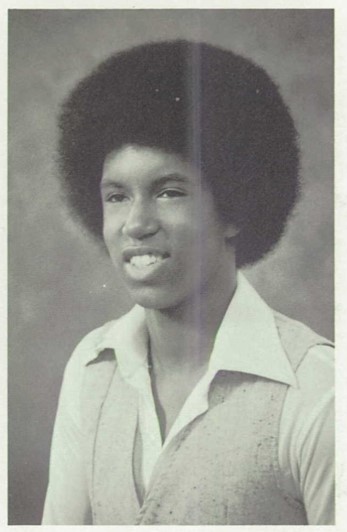
While studying music at the University of Michigan in 1983, Mayo became one of 20 musicians selected to join the All-American College Marching Band at Disneyland, where he met and made connections with a number of L.A.-area performers.
Following graduation, Mayo relocated to Los Angeles, where he embarked on a prolific career as a session musician and touring artist, backing an impressive and astoundingly wide variety of acts including Earth, Wind and Fire, Neil Young, Sergio Mendes, Sir Paul McCartney, Tim McGraw, Dr. Dre, and Beyonce, appearing on her latest album, Renaissance.
Mayo also earned a gig as the sole woodwind player on Dancing With the Stars, a role which has required him to write and perform in a range of styles from classical to klezmer. His songwriting has not only led to three solo albums, but also soundtrack work for tv shows like Better Call Saul and animated films such as Happy Feet.
Mayo acknowledges the significant impact his formative experiences had on his career, crediting both his parents and his high school for his success, noting that the latter “literally prepared me for what I’m doing right now…A lot of the habits that I have as an adult started in high school band.”
***

Youtube star Rick Beato hails from a musical family with “great ears.” He grew up in Fairport, where weekly dinners at his grandparents’ house were habitually followed by performances by relatives in the living room.
After he achieved a high score on a musical aptitude test in third grade, Beato took up the cello. He didn’t much care for it. A class visit from trumpeter/flugelhornist Chuck Mangione the following year—1973–didn’t sway him towards the brass section either.
When Beato’s sixth grade orchestra teacher, Ken Brown, suggested he switch to the bass, Beato happily complied, largely because it meant he wouldn’t have to schlep the instrument on the bus every day as he had the cello.
Per Brown’s instructions, Beato went to the Fairport Public Library to pick up and study Bach’s Brandenburg Concertos. The third concerto blew Beato’s mind and prompted him to make many return trips to the library to take out piles and piles of classical records.
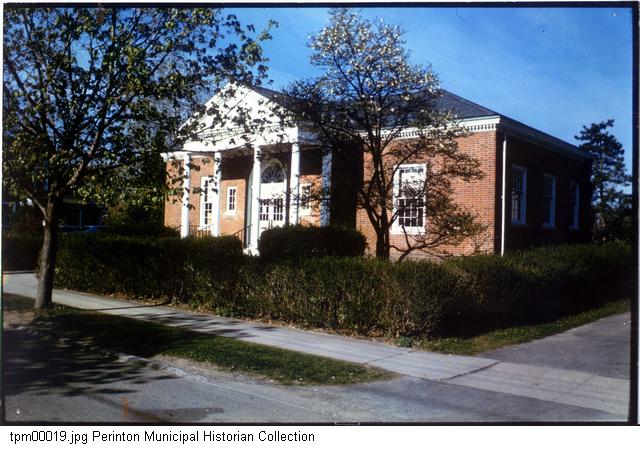
Though Beato’s ventures into the classical realm deepened his musical education, it wasn’t until he broke his ankle at age 14 and discovered the guitar that his music obsession blossomed.
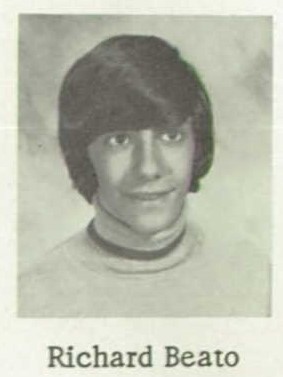
His time at Fairport High School in the late 1970s was largely spent playing his new favorite instrument, dutifully learning the riffs and solos of his favorite guitarists like Brian May and Peter Frampton.
He returned to his classical roots at Ithaca College, where he majored in musical education before earning a master’s in jazz studies from the New England Conservatory. Following graduation, he played in a number of bands representing various genres, including the Rick Beato Quartet (jazz), Rival Suns (alternative rock), and Billionaire (heavy metal), and became an established producer based in Atlanta.
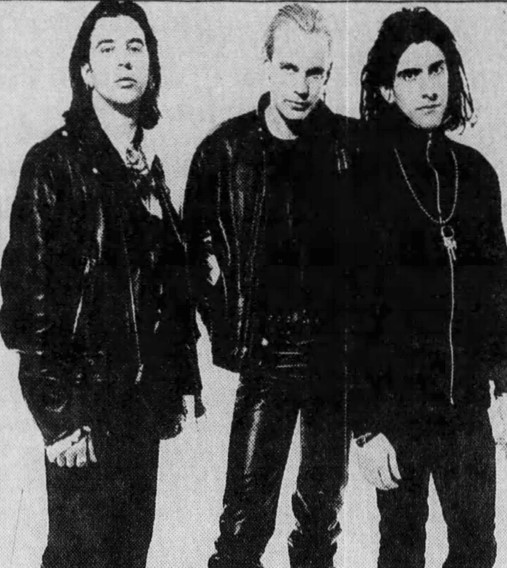
In 2016, Beato launched his highly popular Youtube channel, on which he features interviews with musicians and engaging educational videos that help explain (sometimes complicated) musical concepts to the lay listener, a feat perhaps best exemplified in his video series, “What Makes this Song Great?”
Beato has gone on record (well, video) saying that he started the channel as a way to give something back to future generations of music listeners and performers because he feels incredibly fortunate to have grown up with a musically rich family and an excellent school system in Fairport that supported and prioritized the arts.
-Emily Morry
